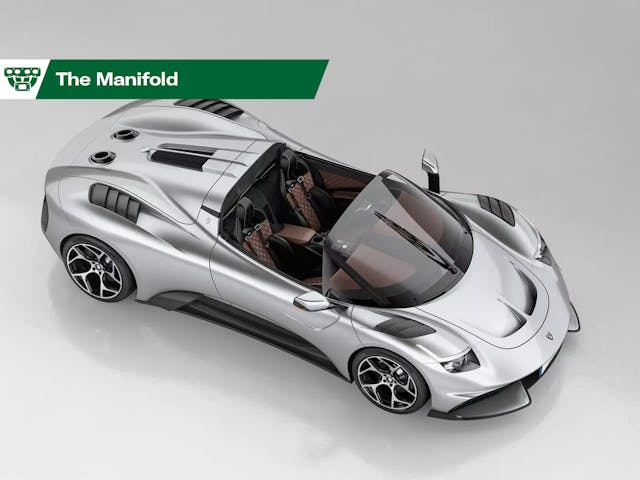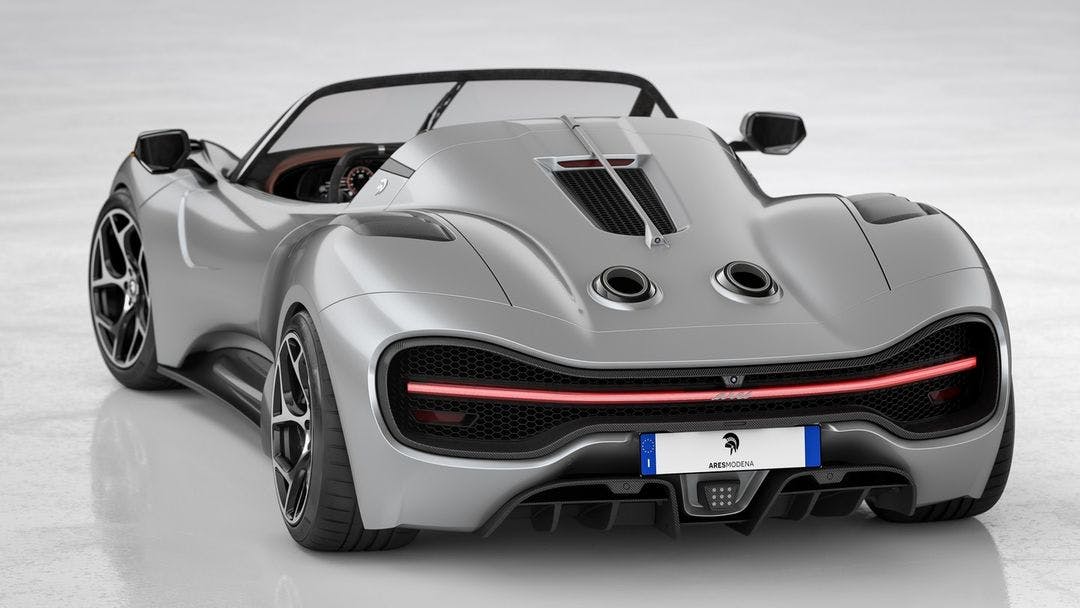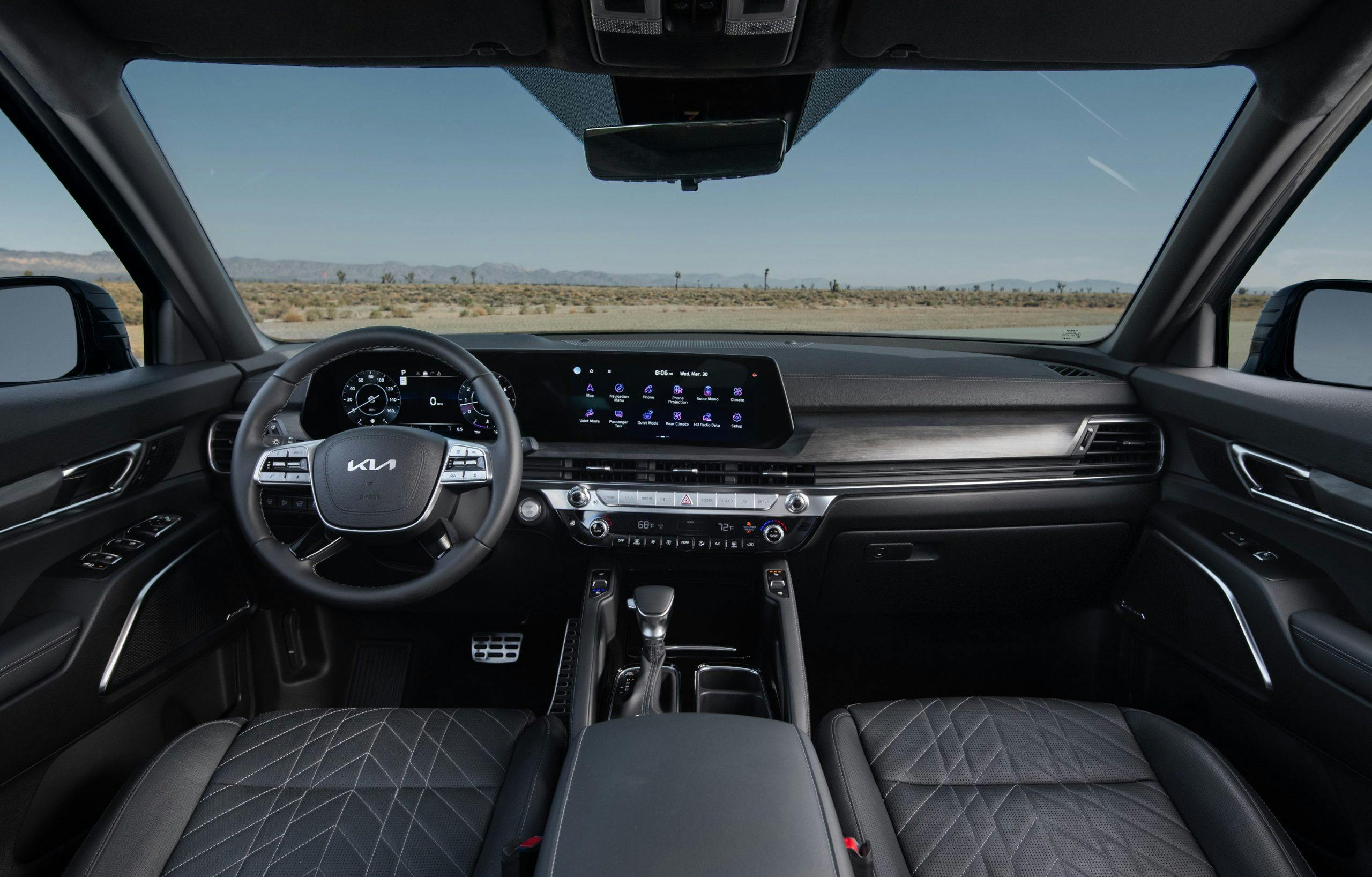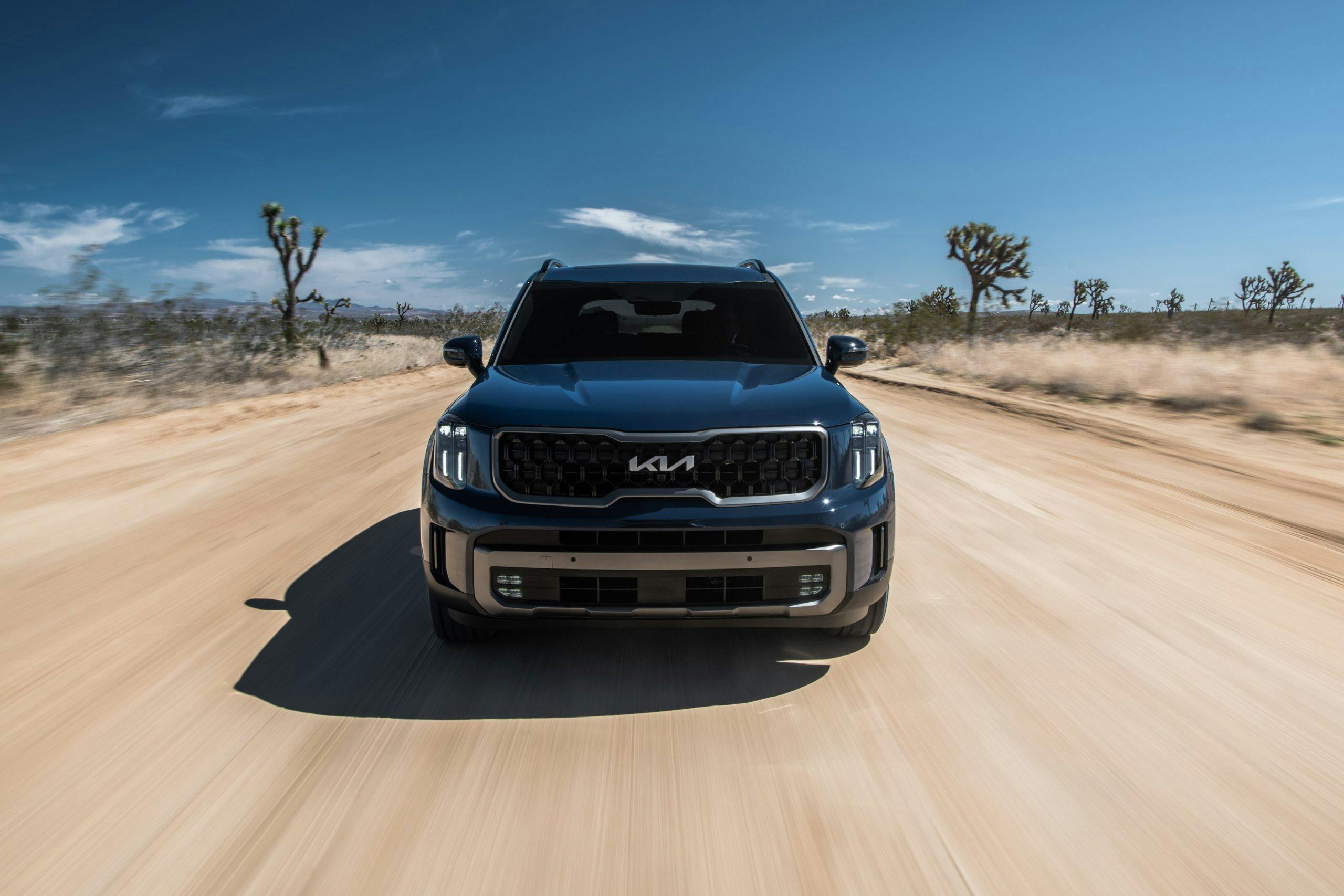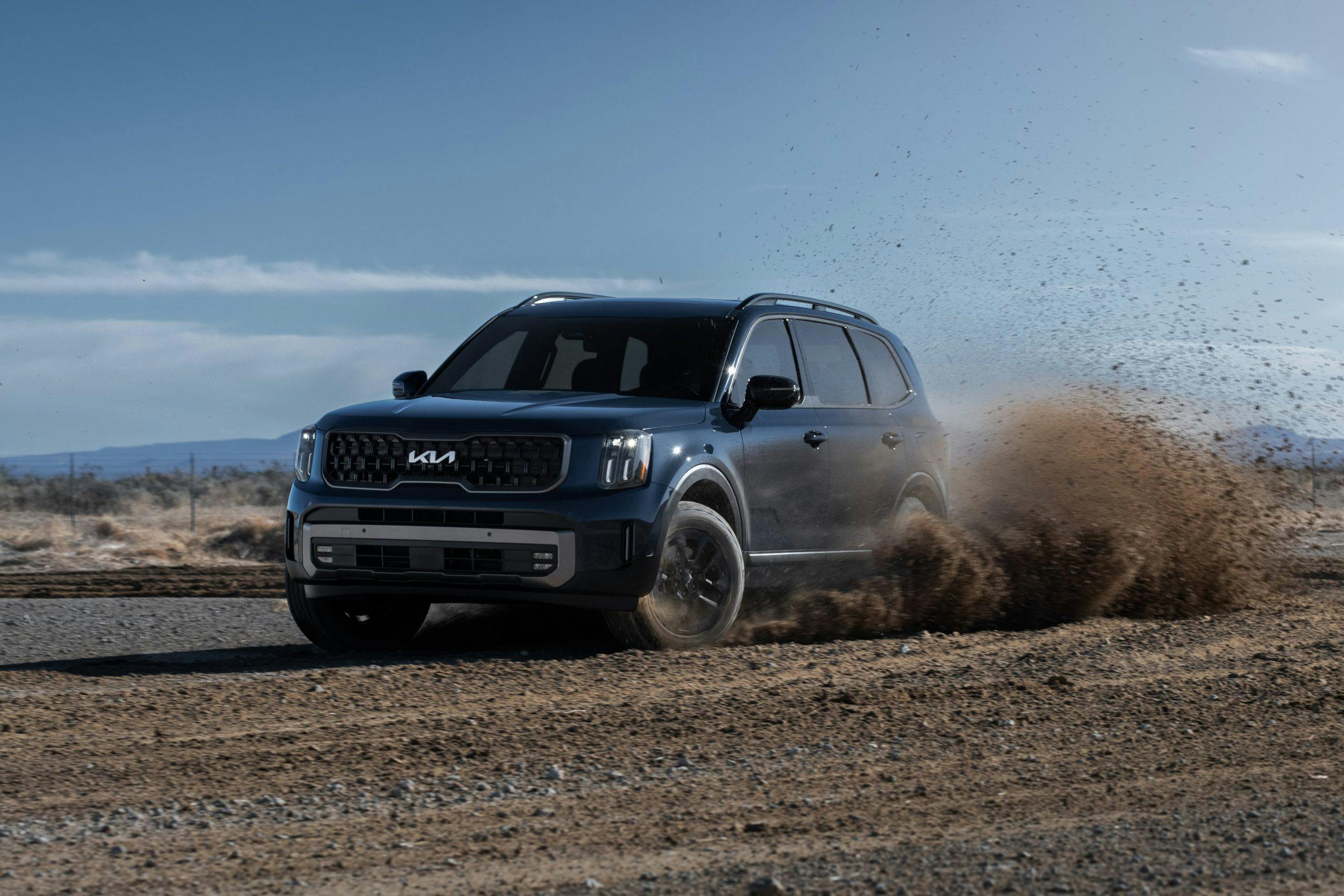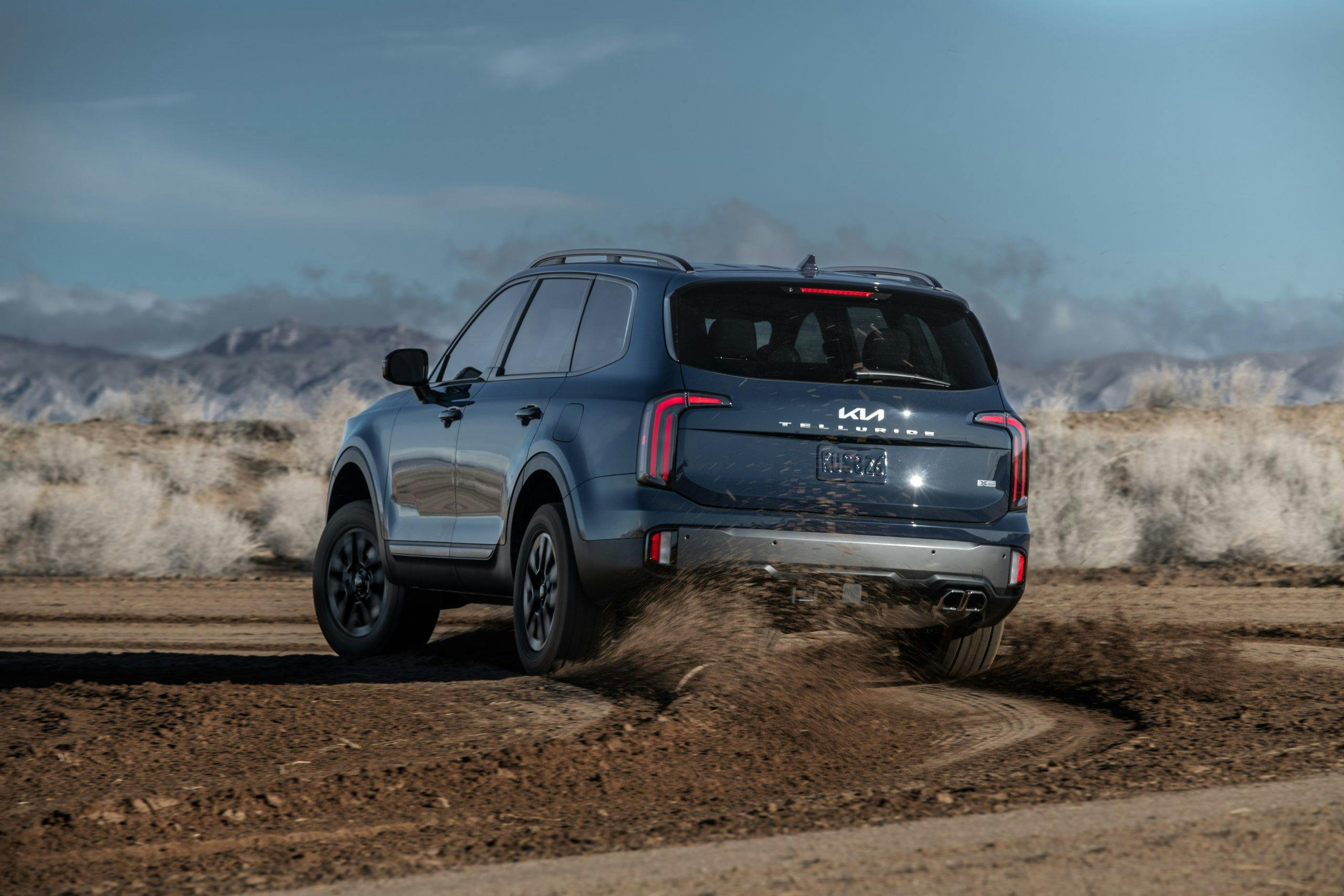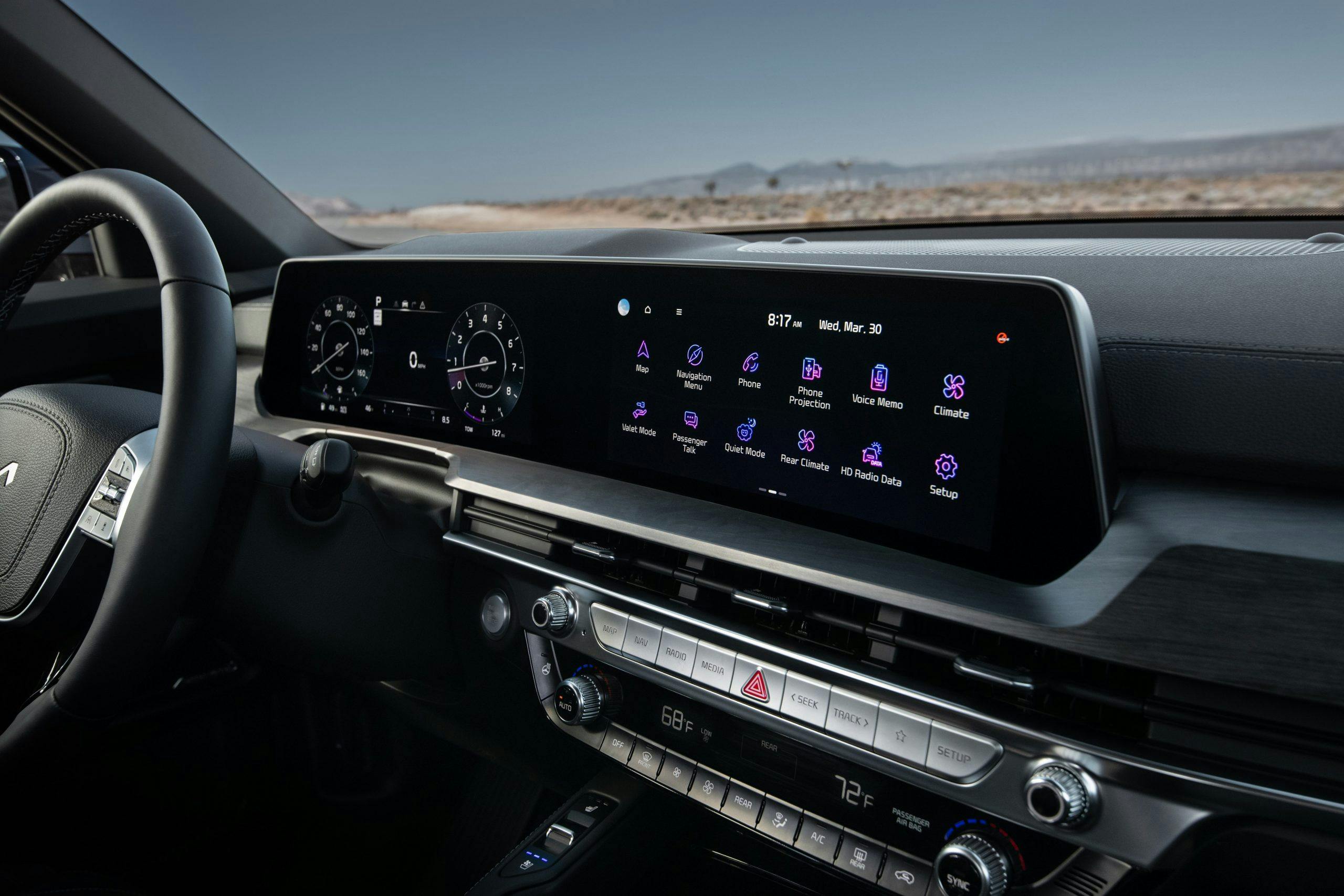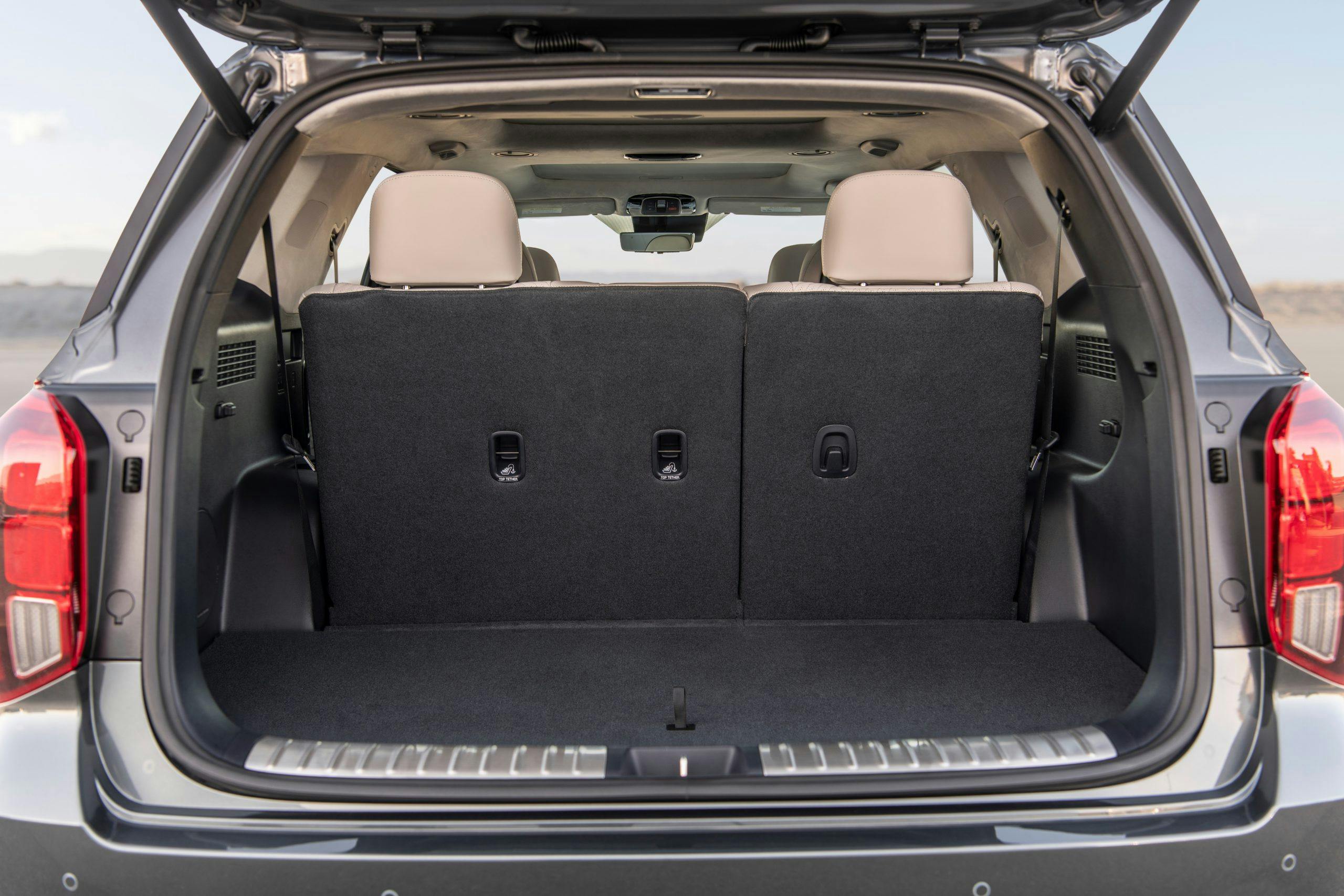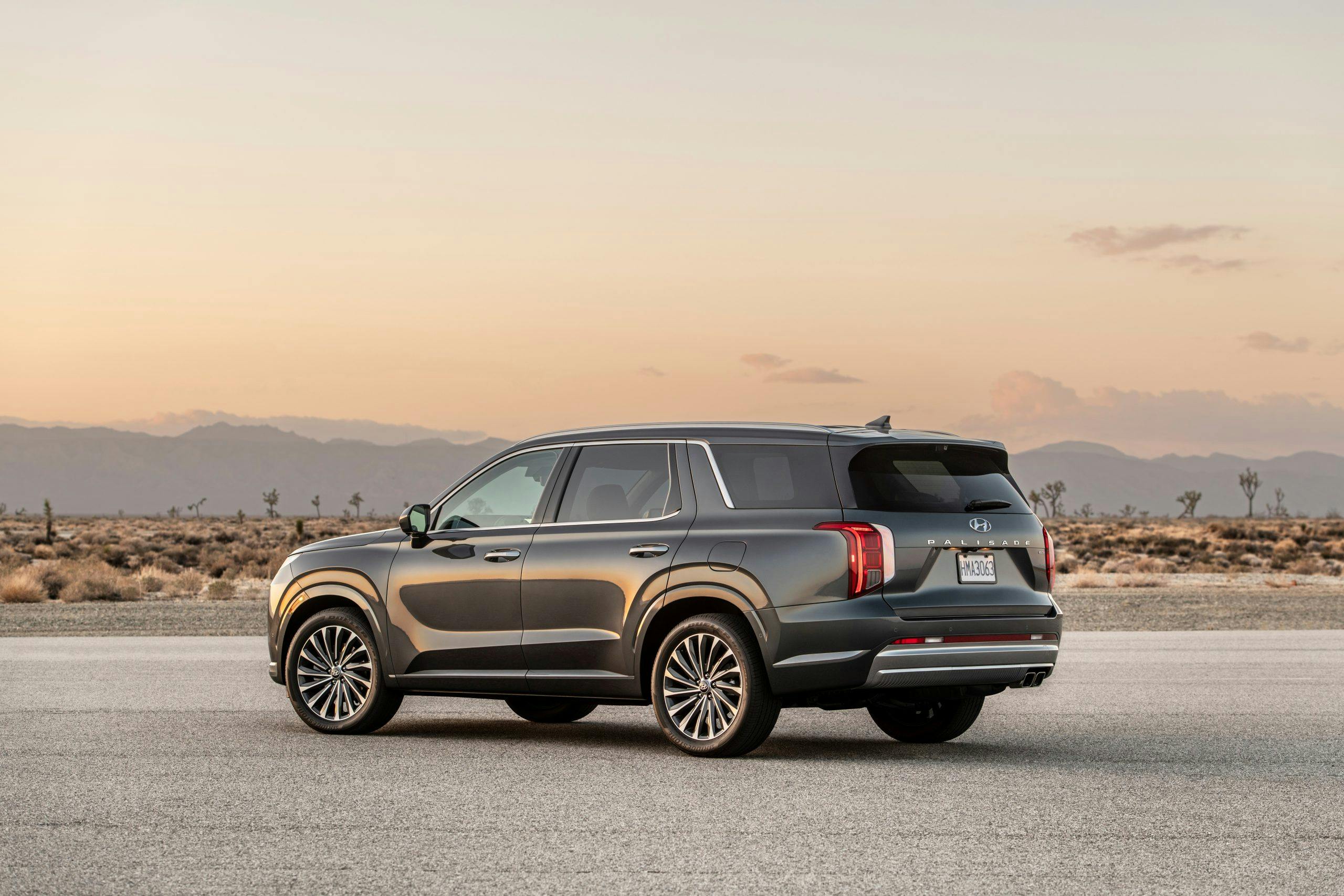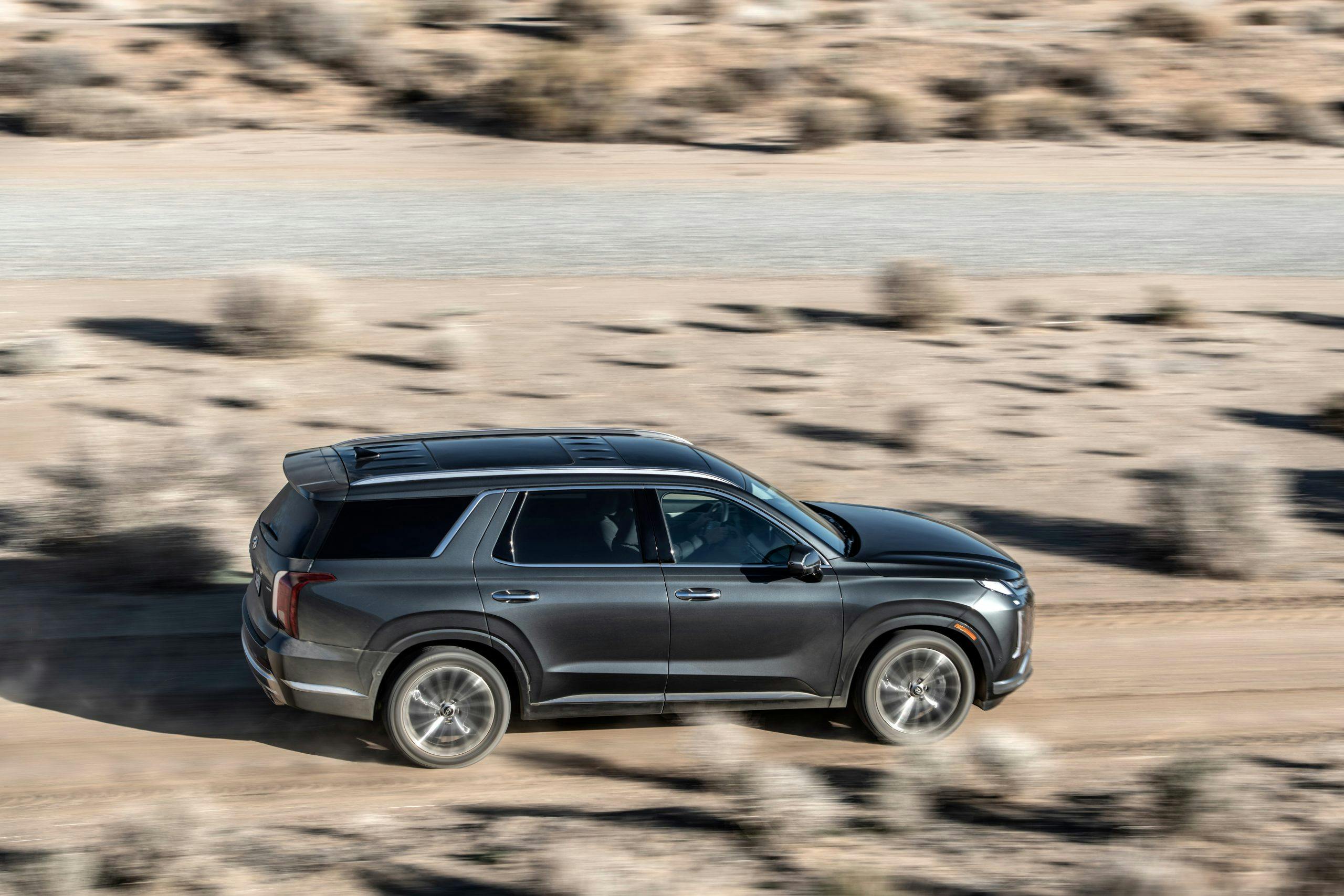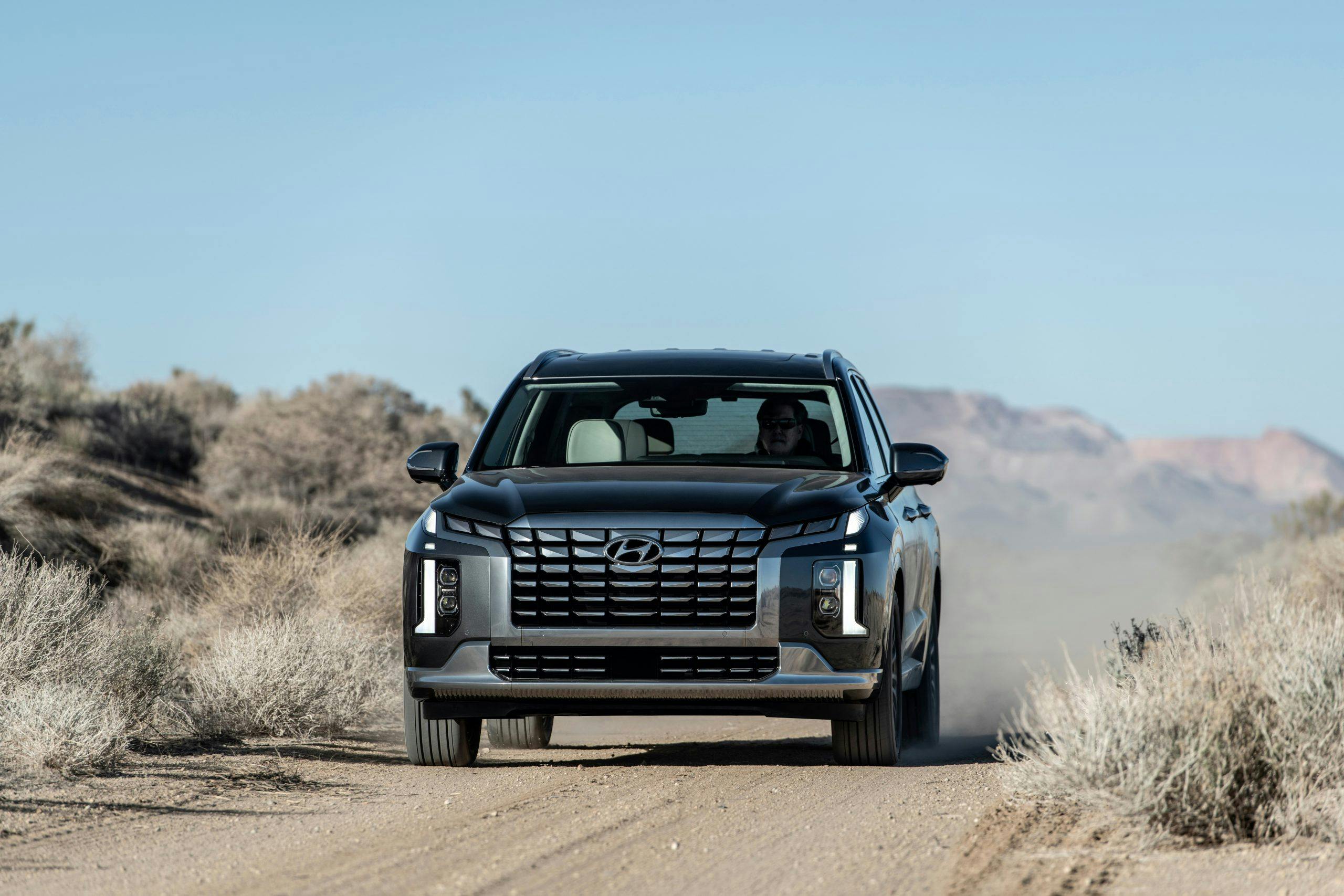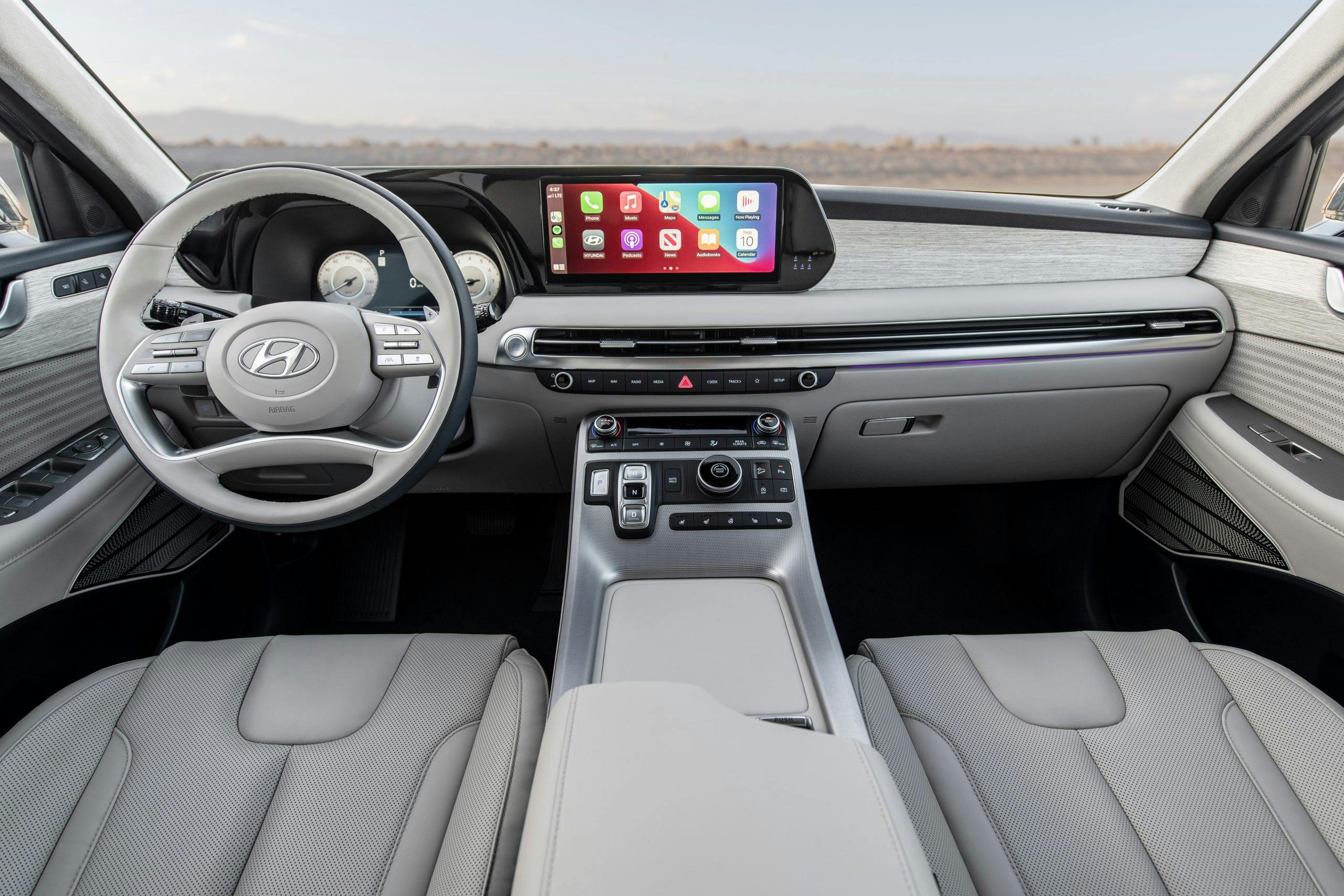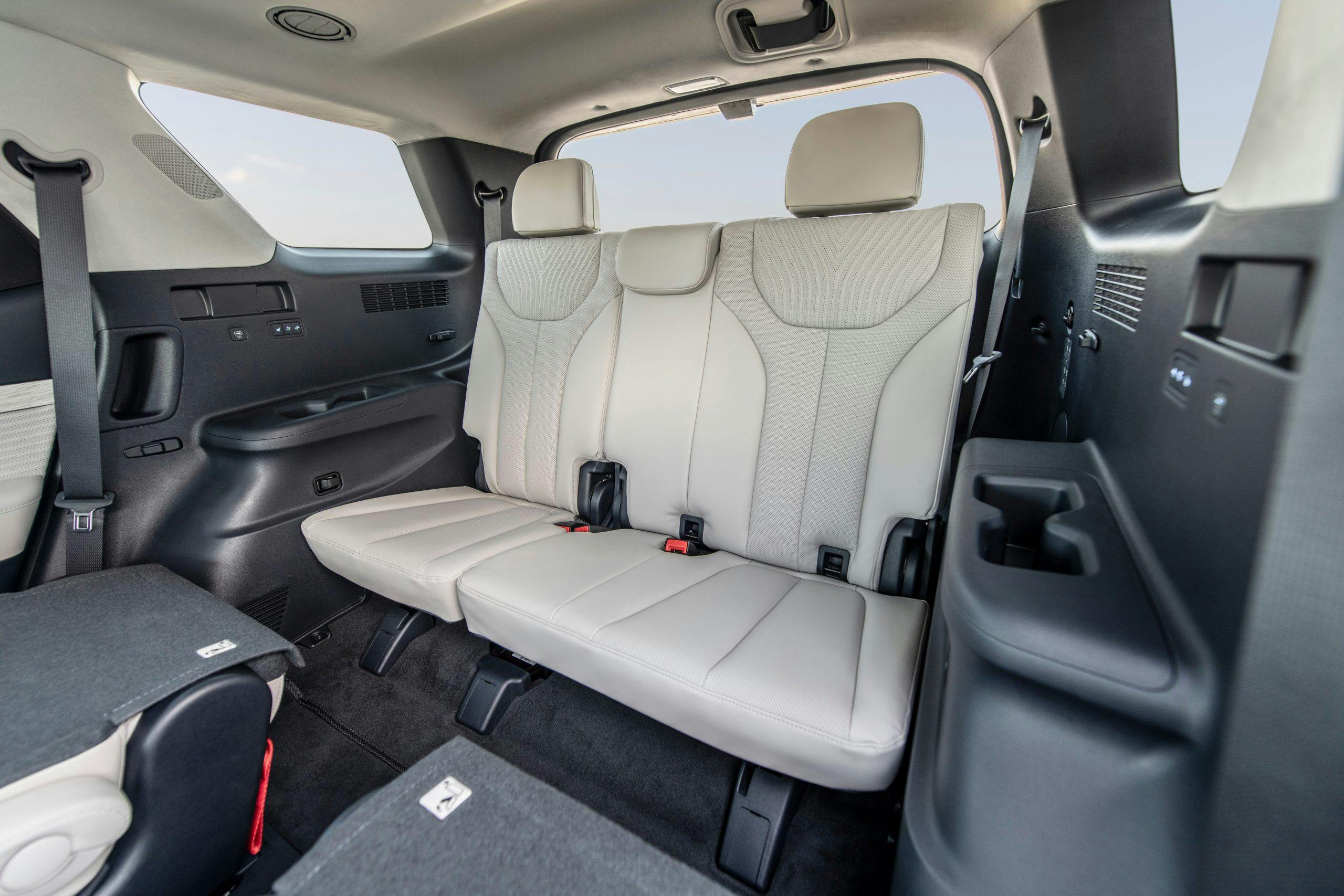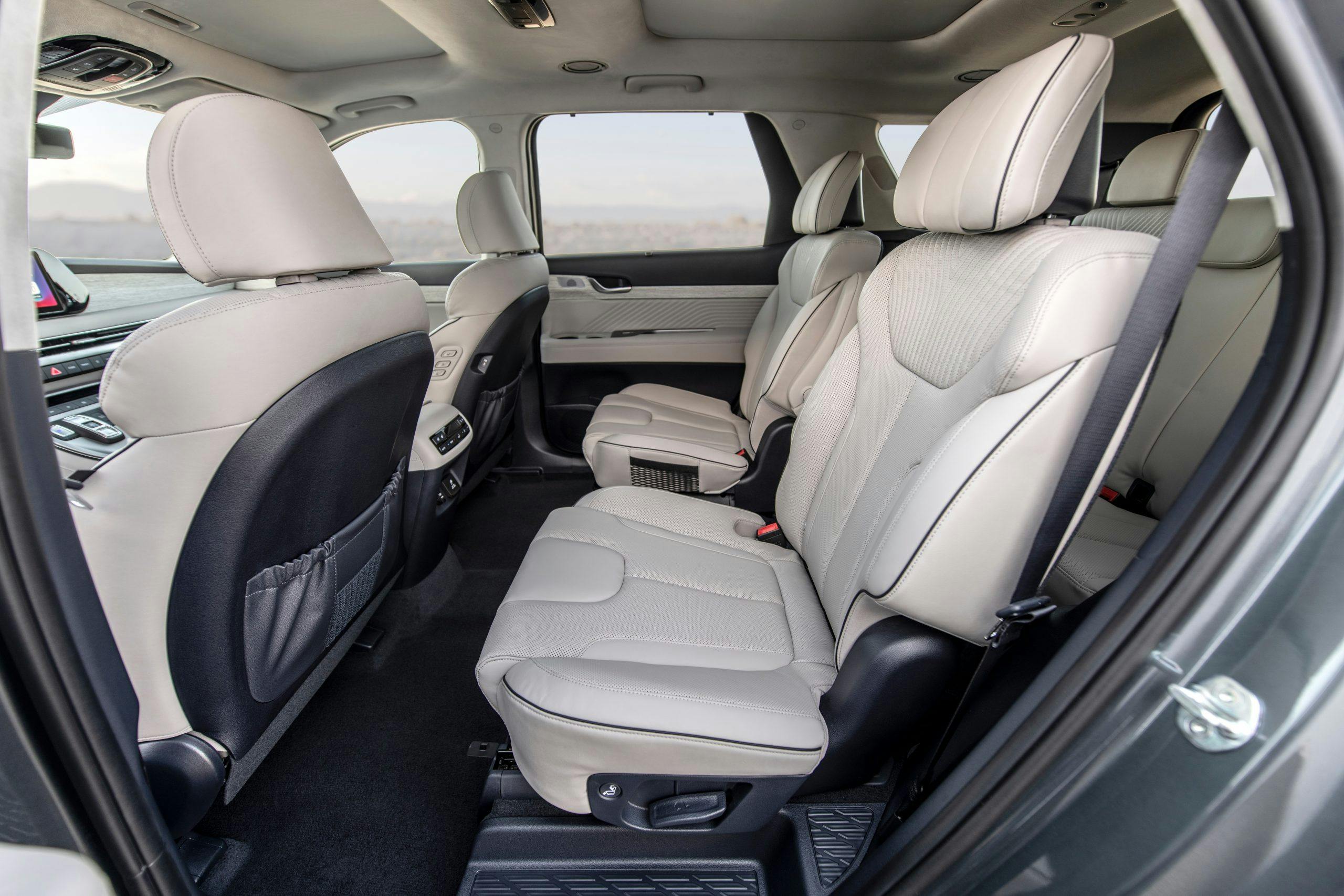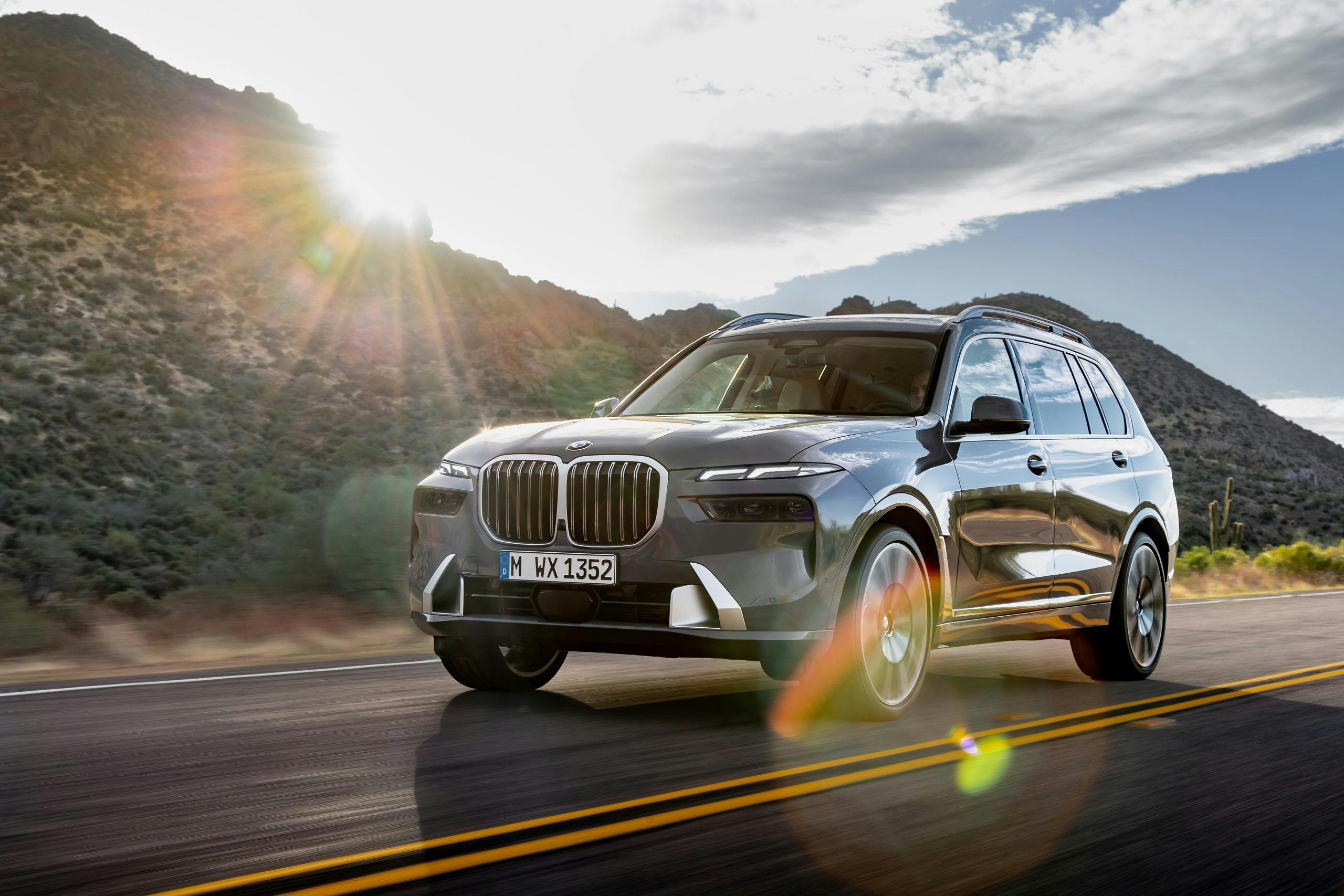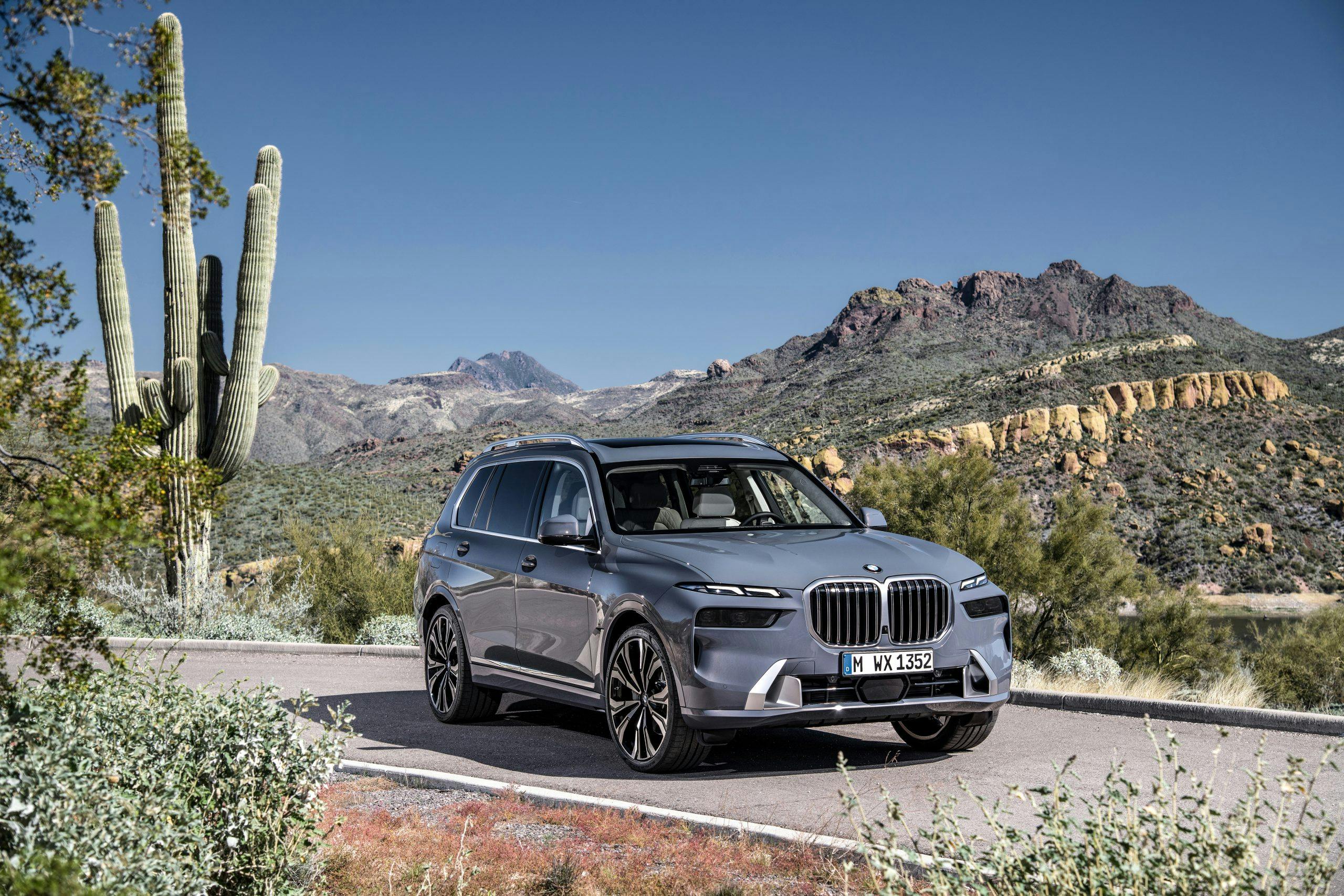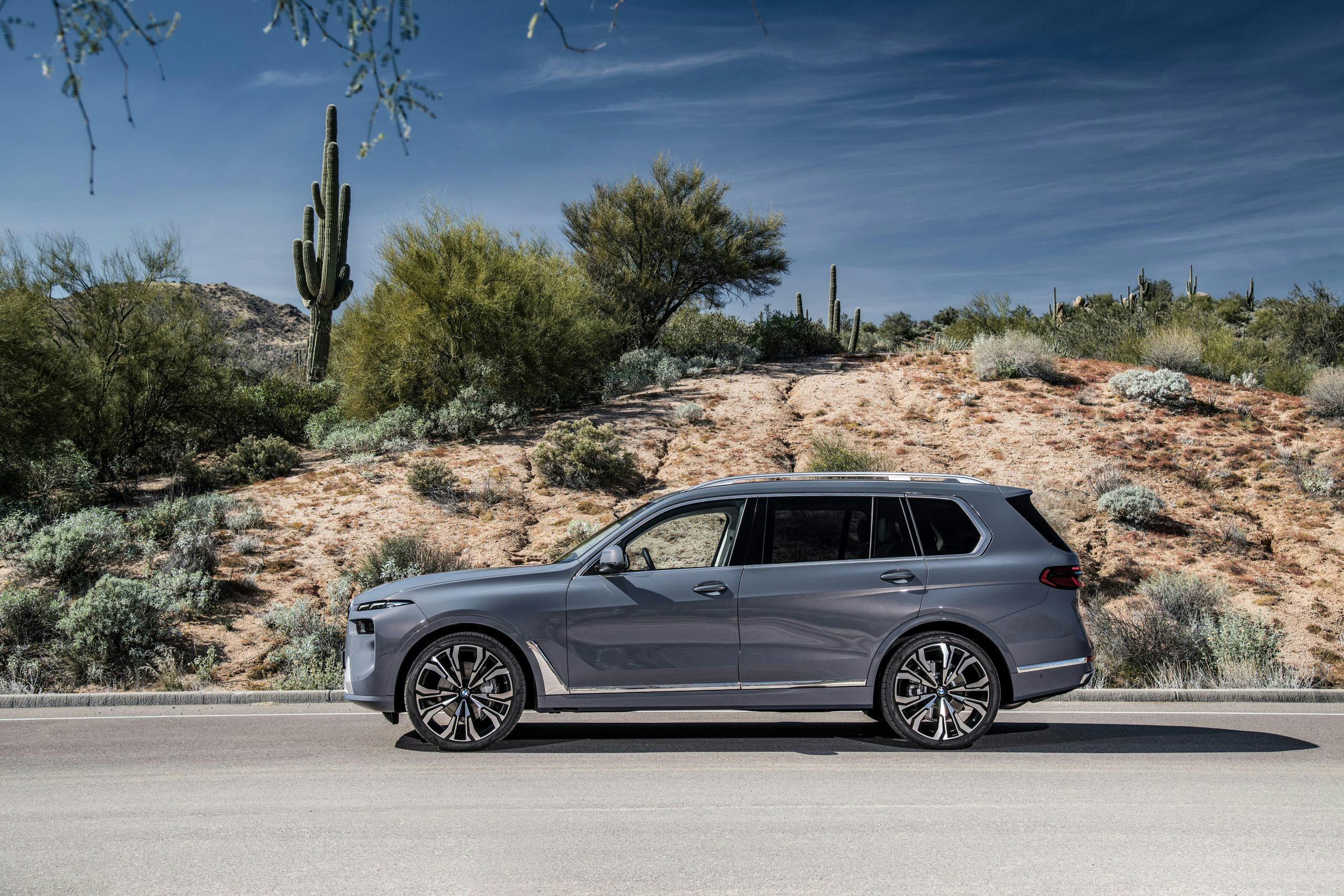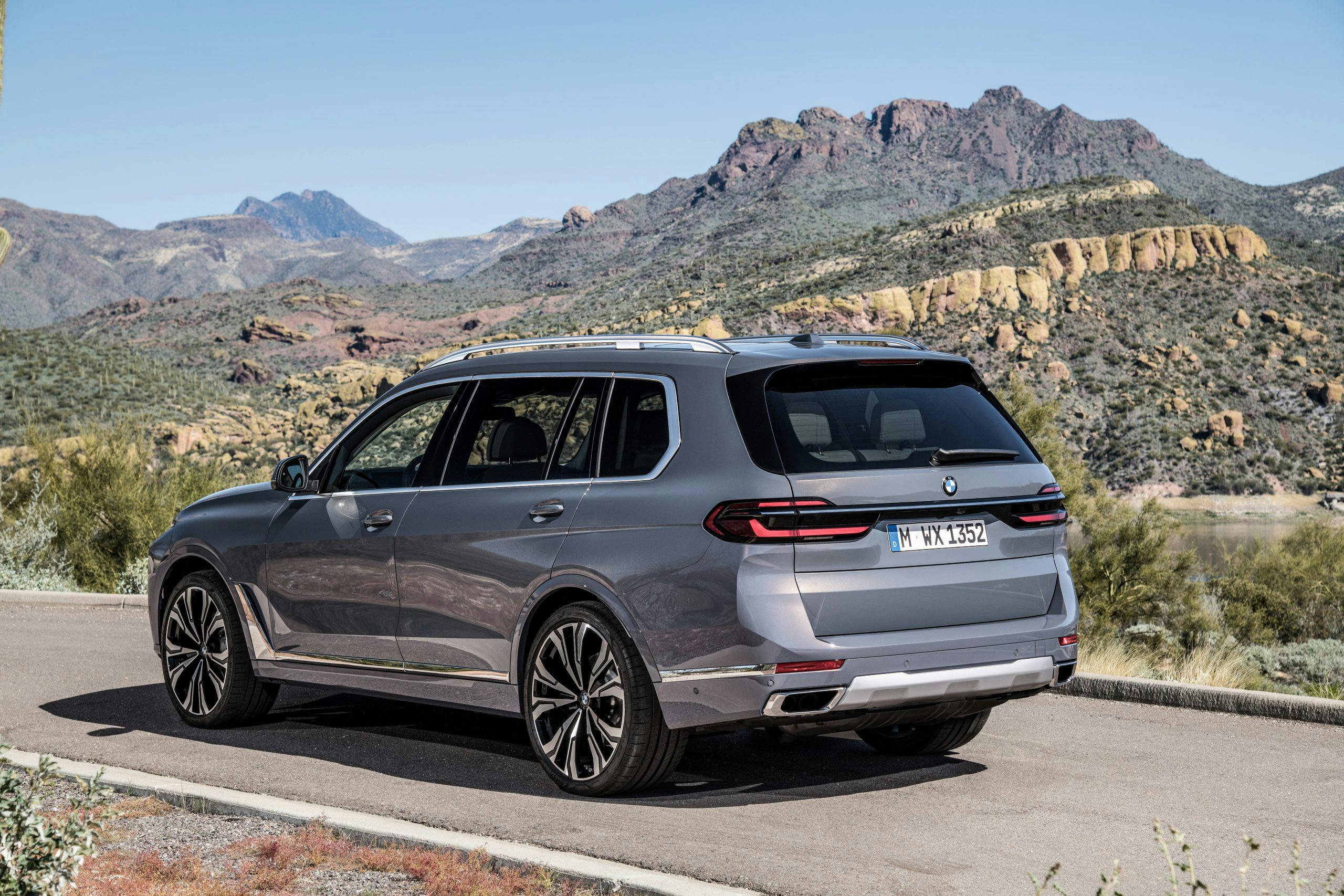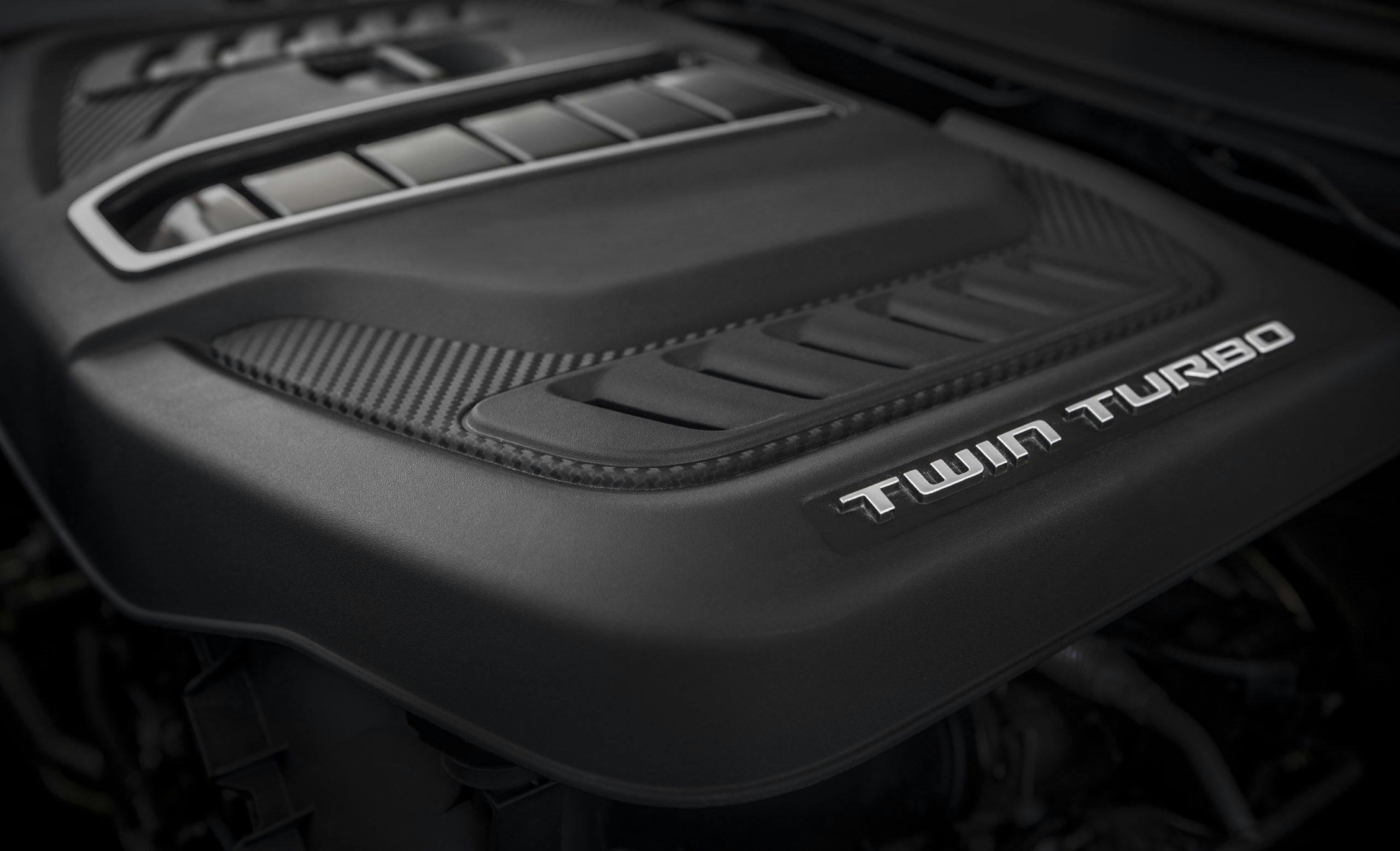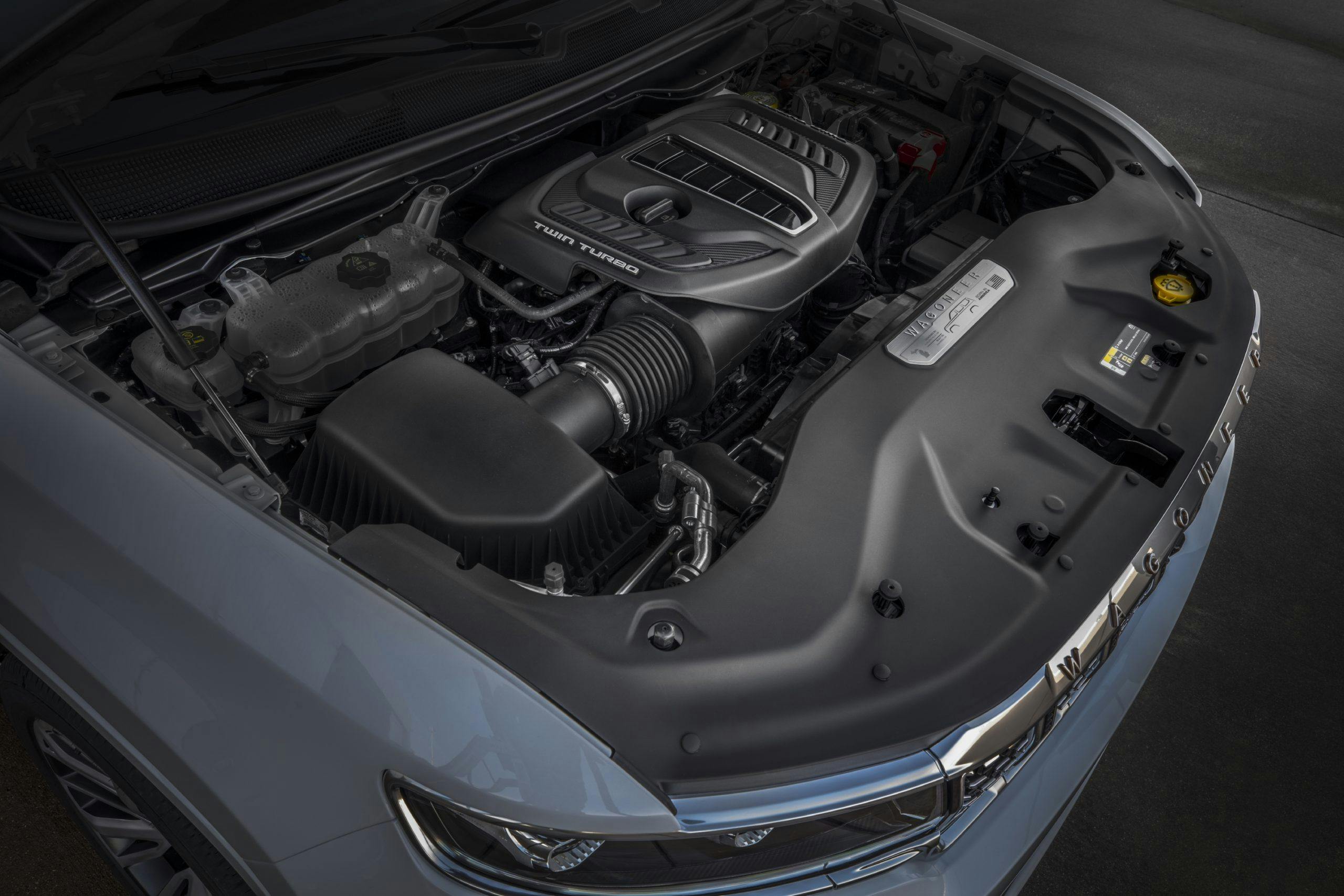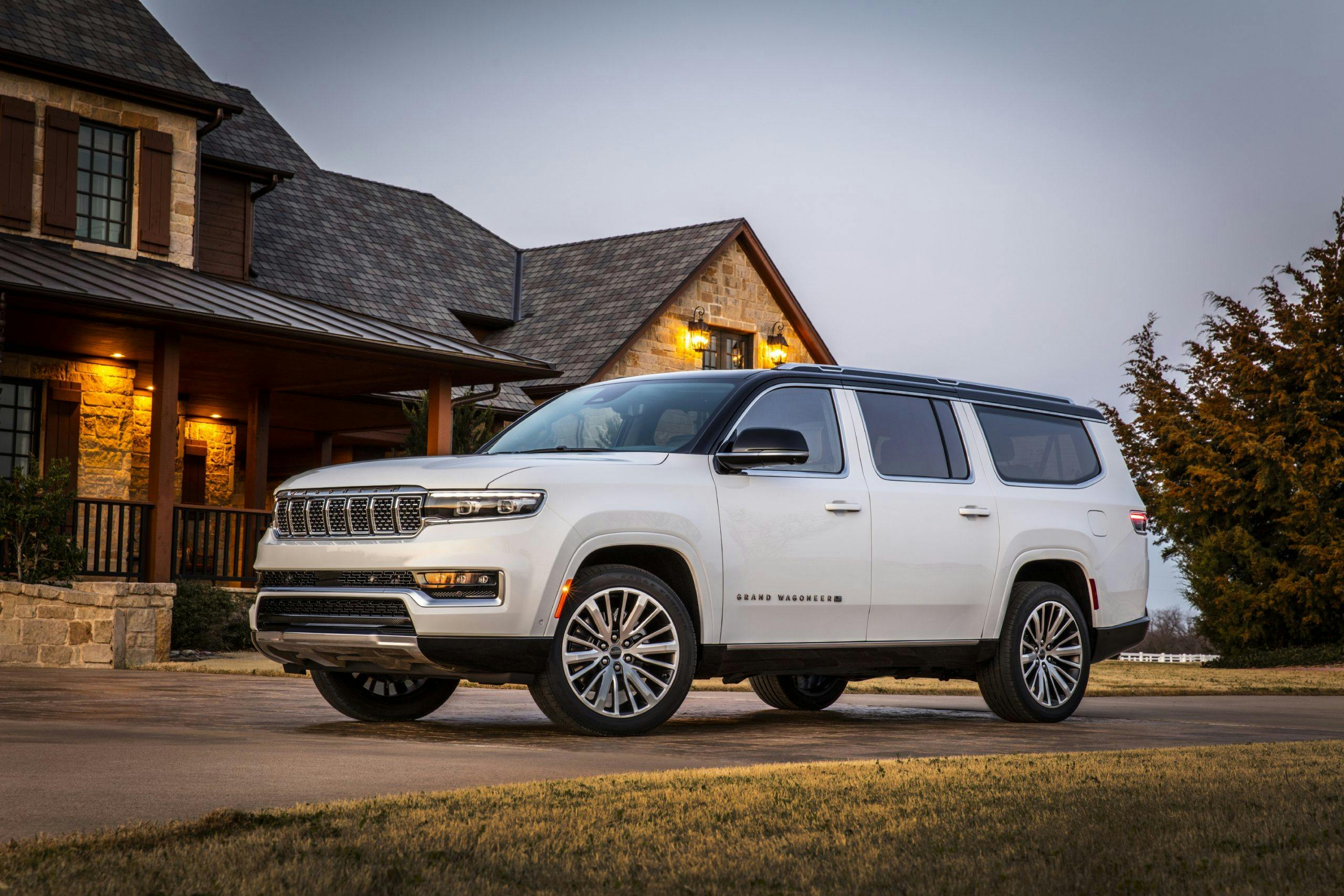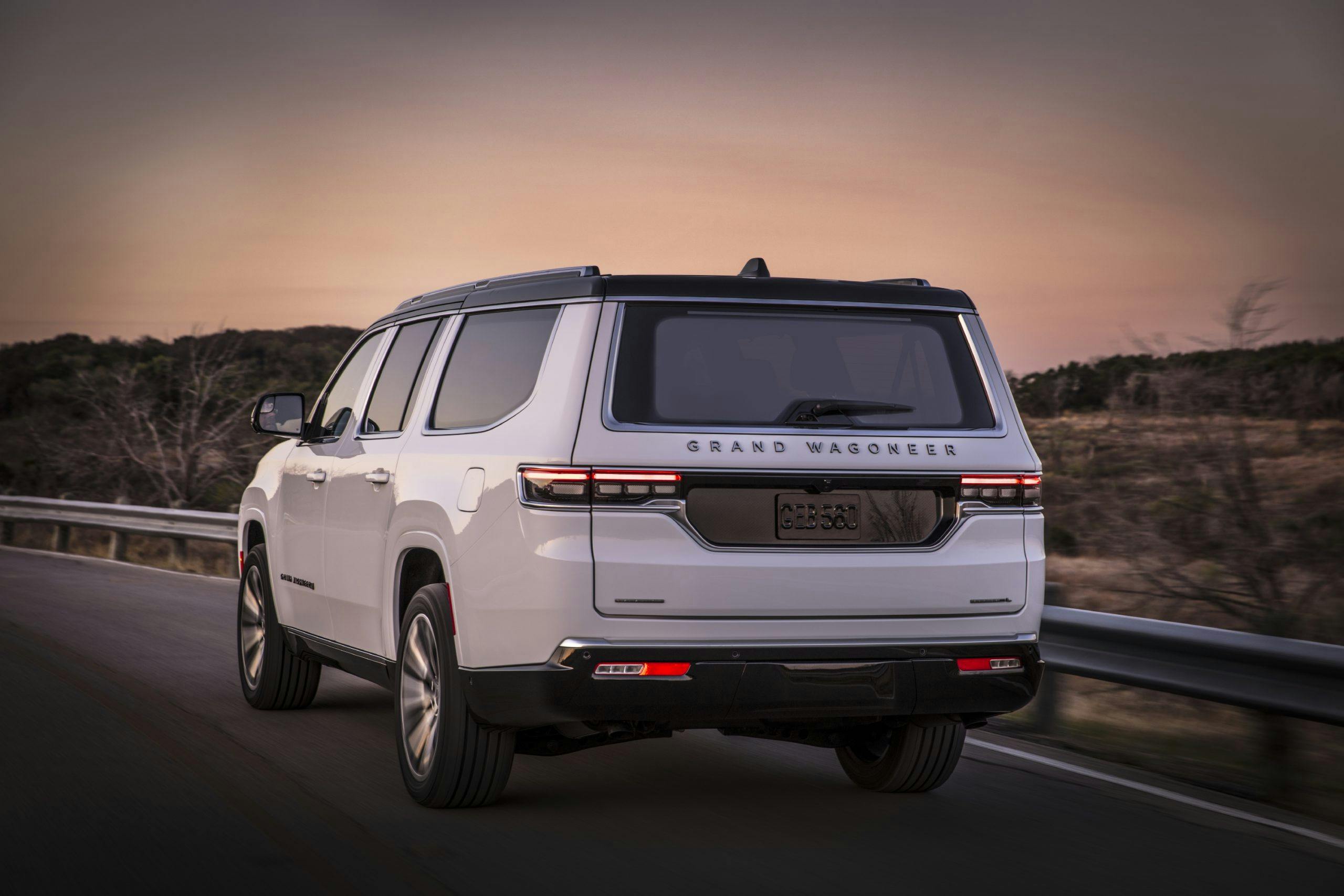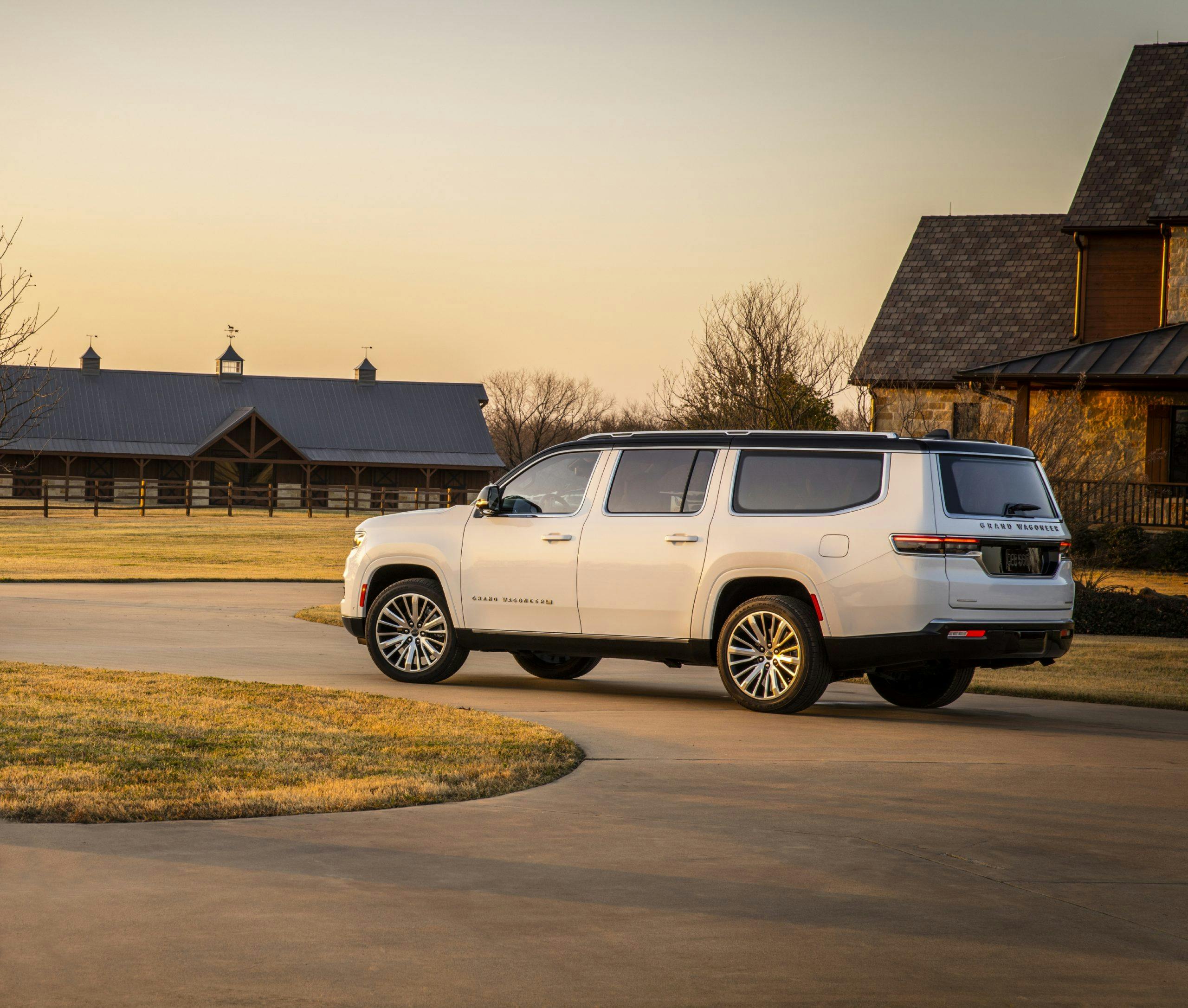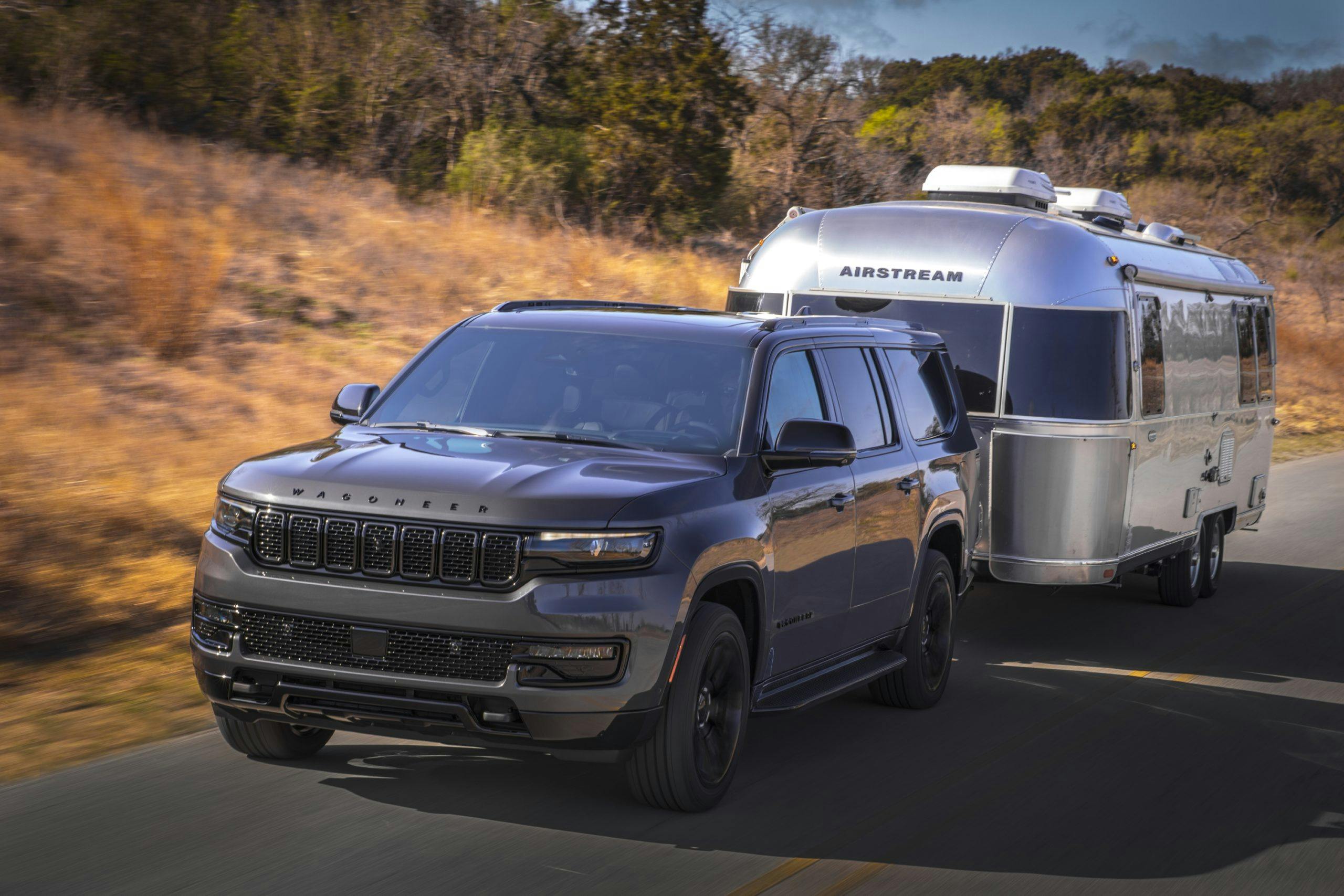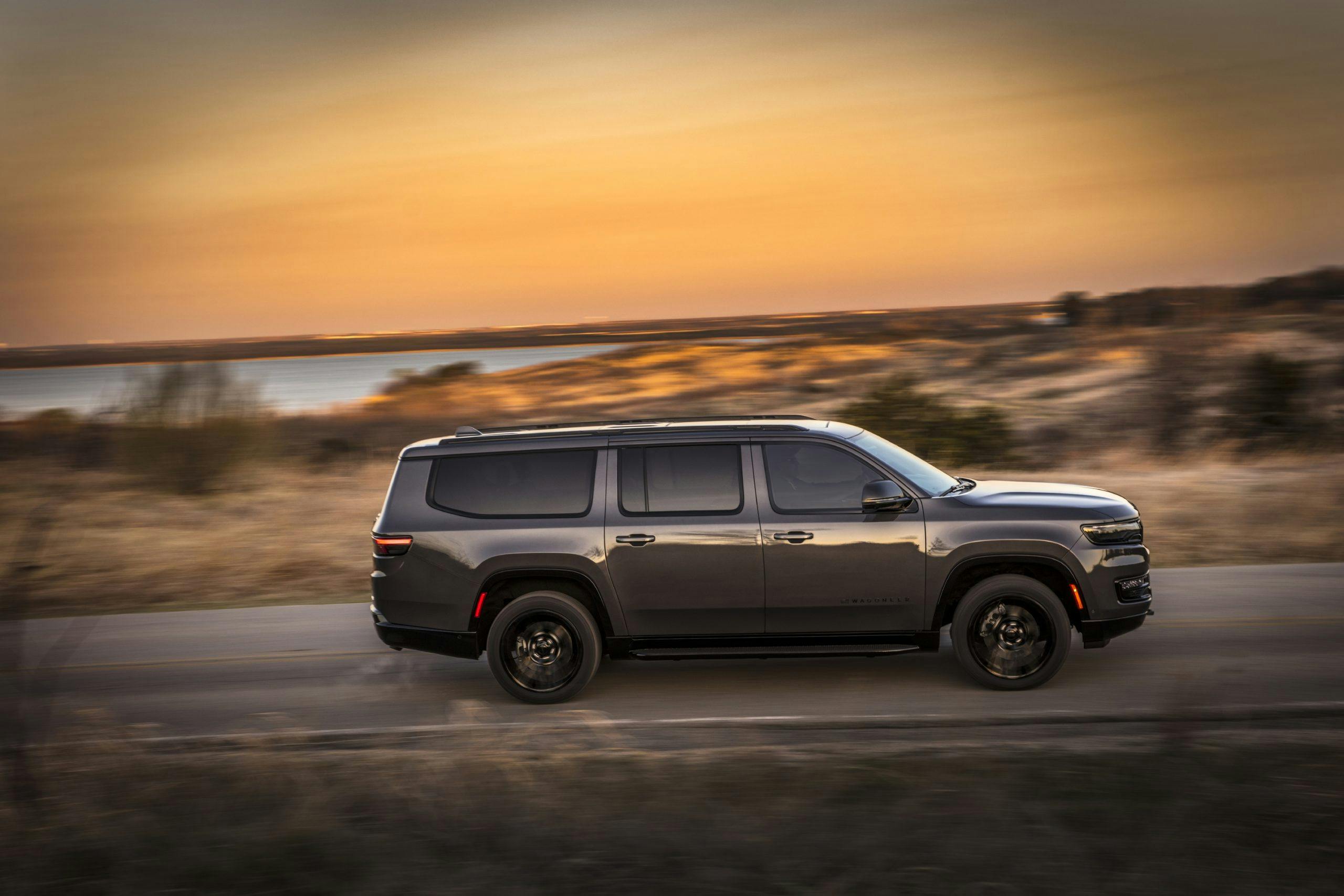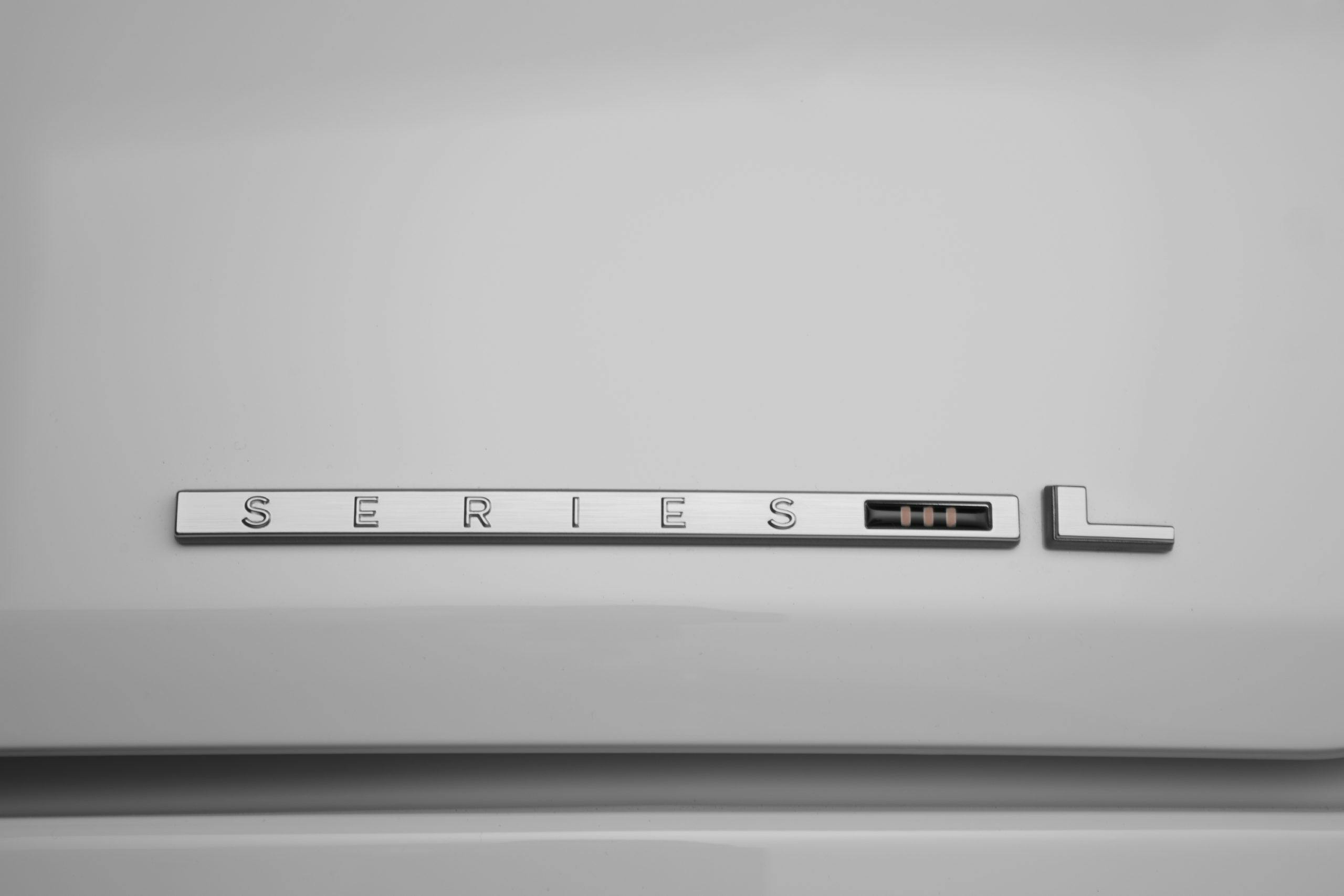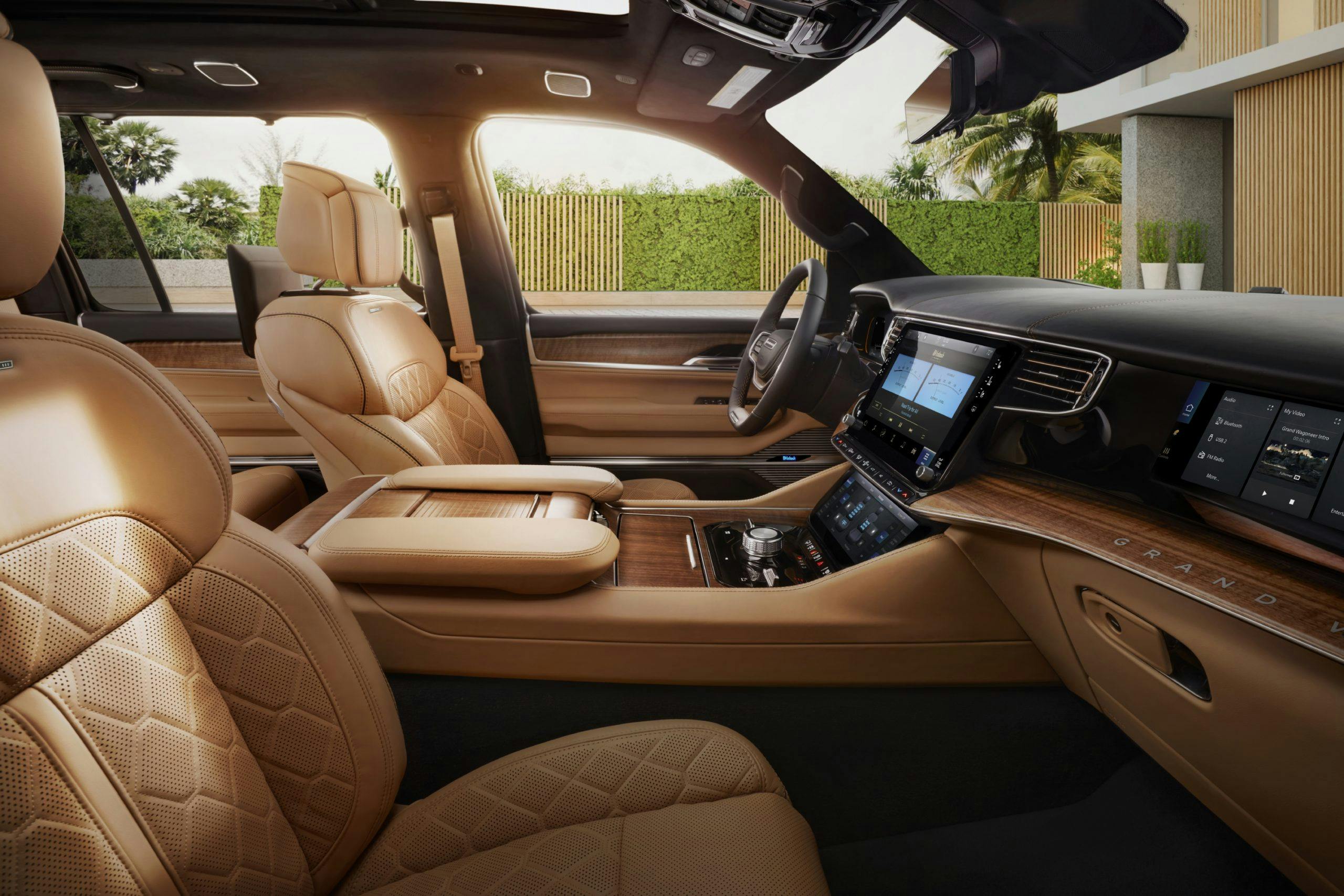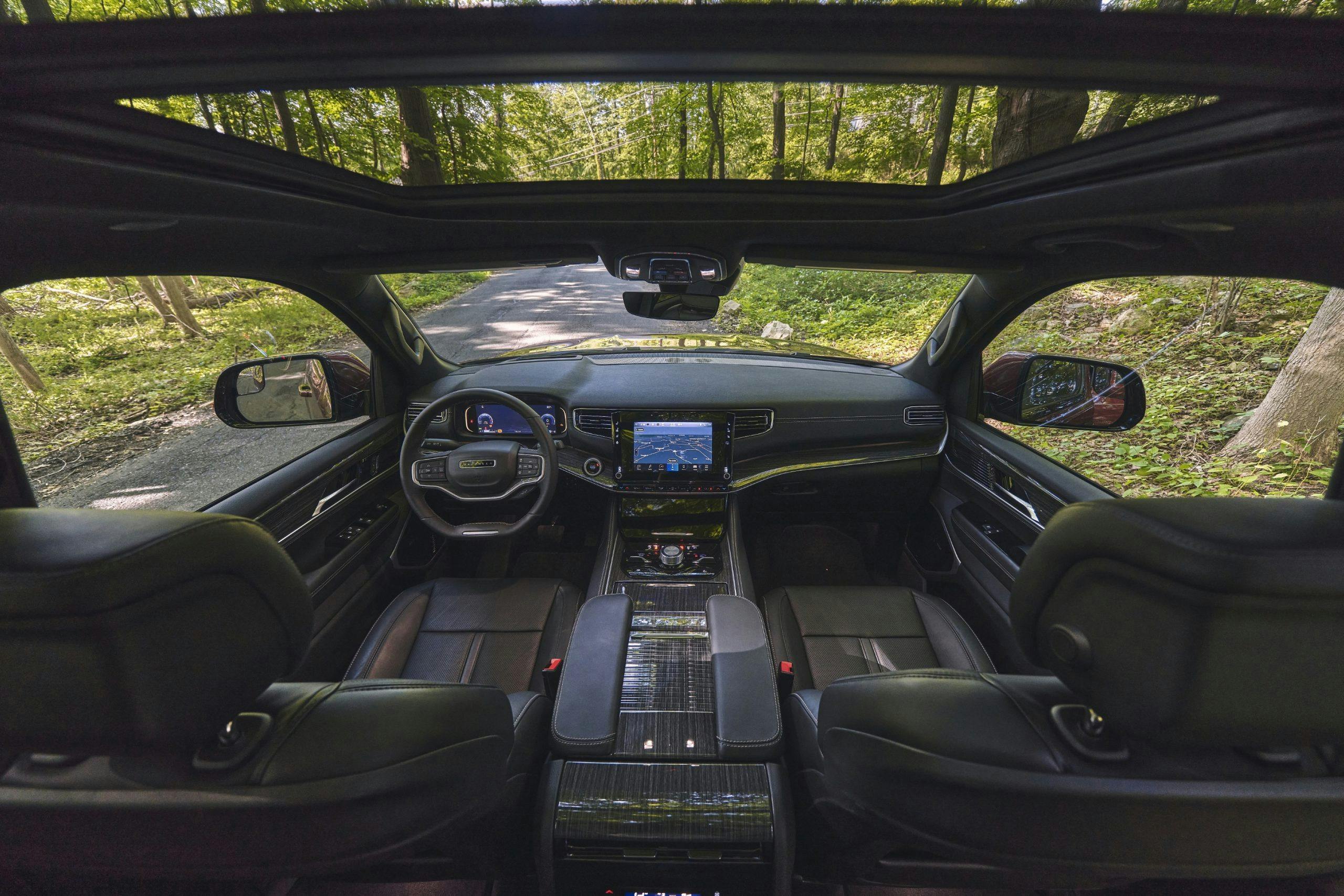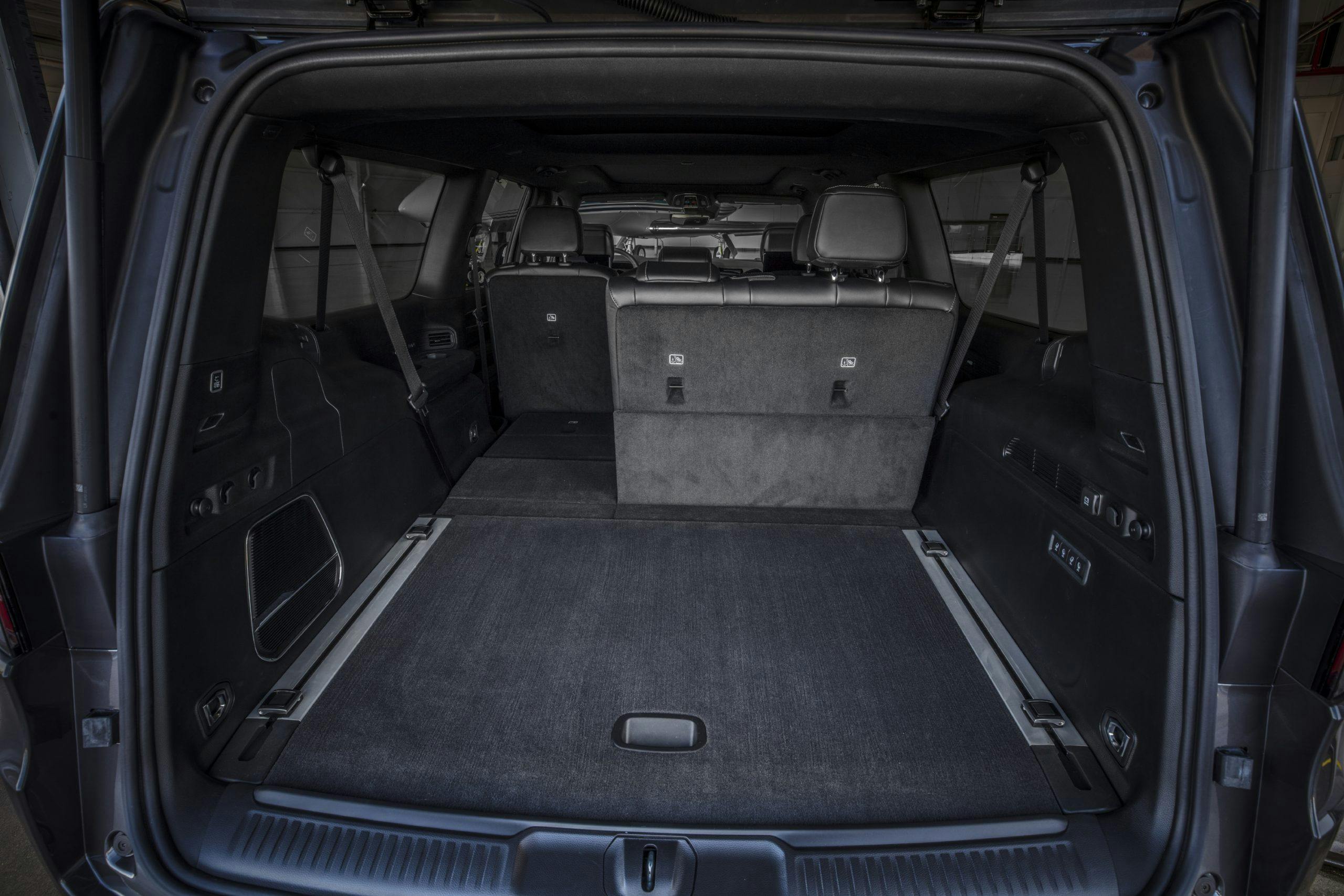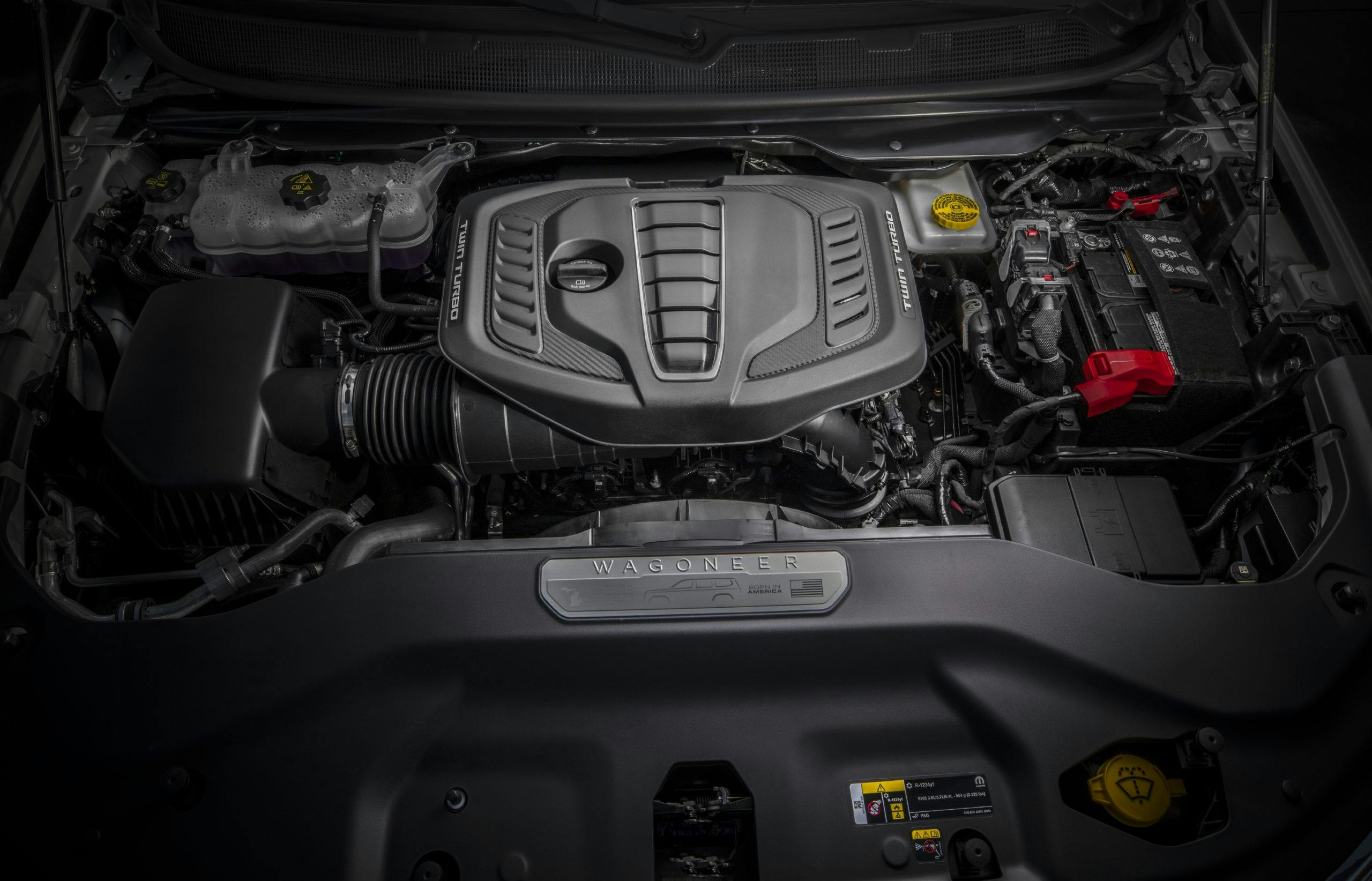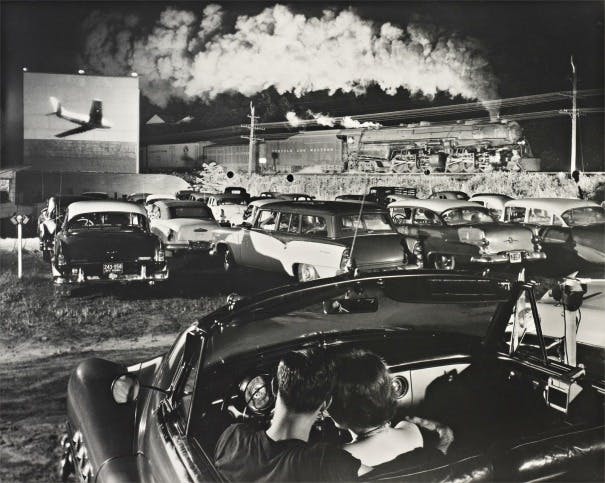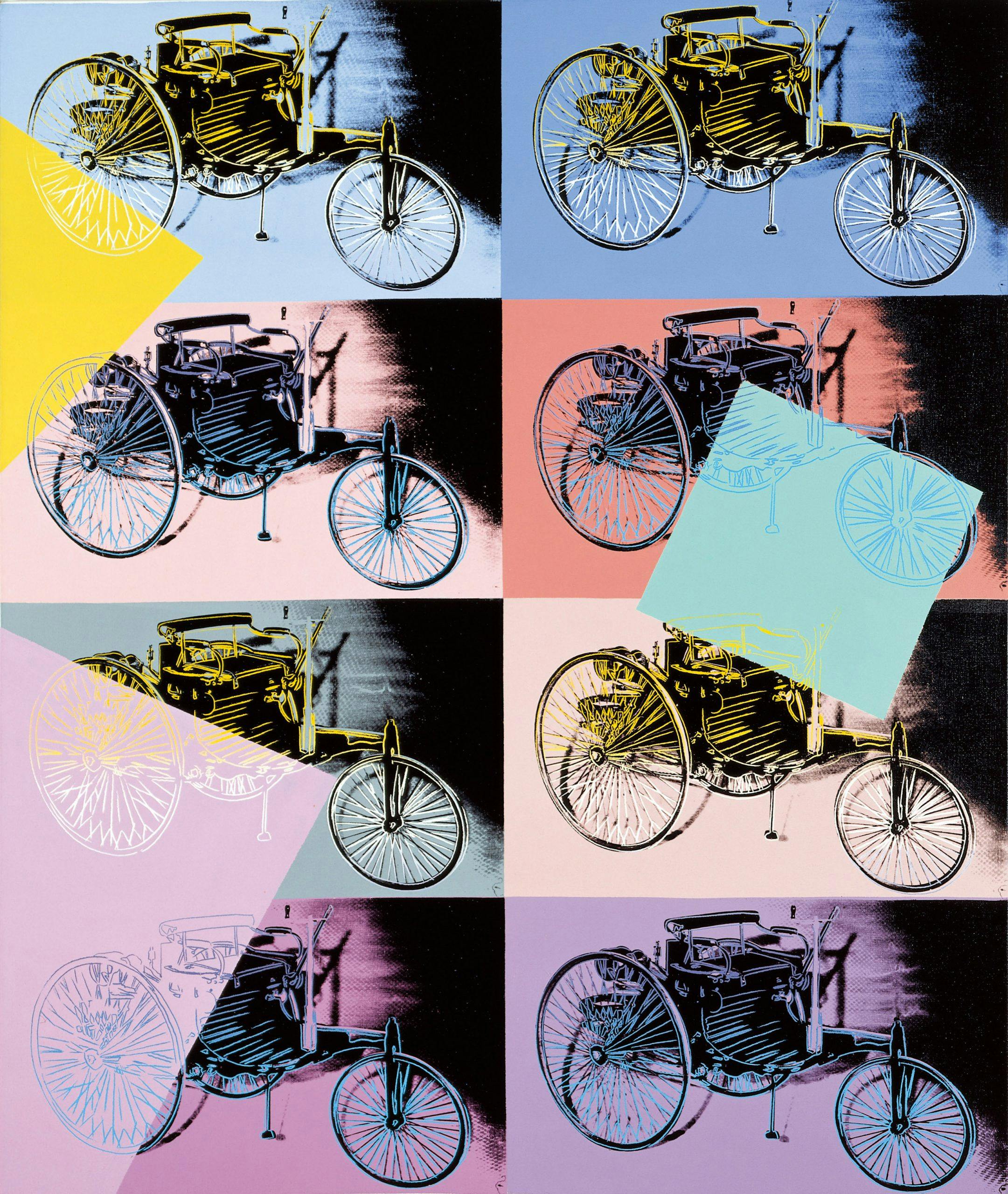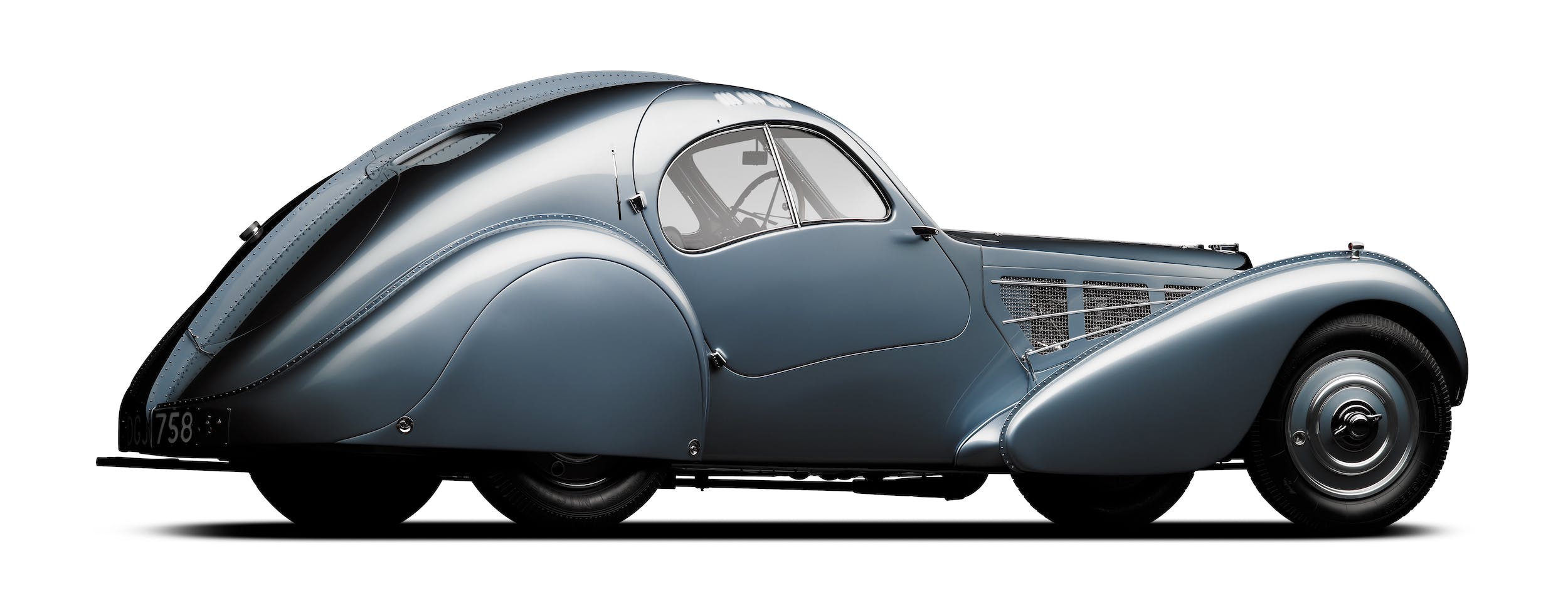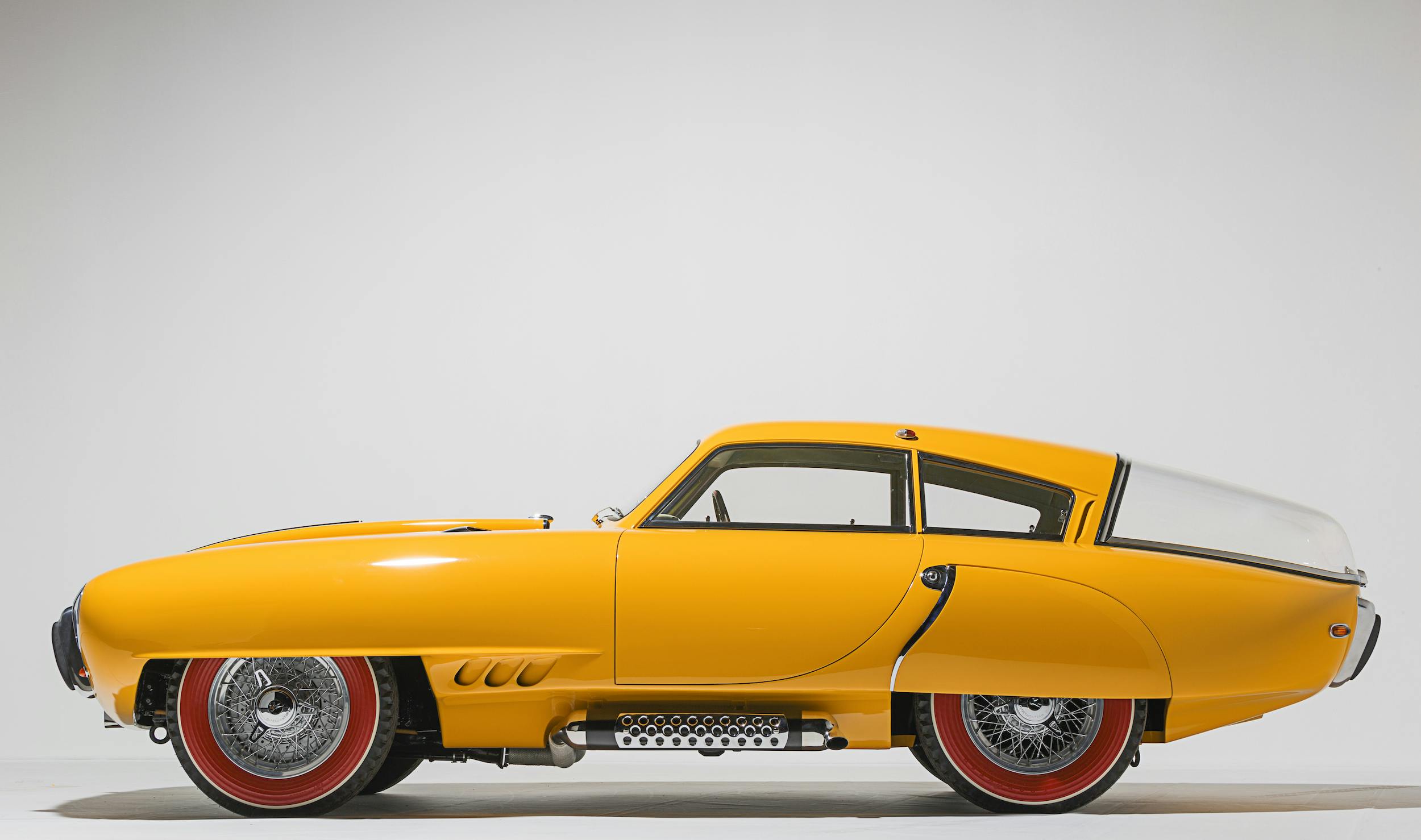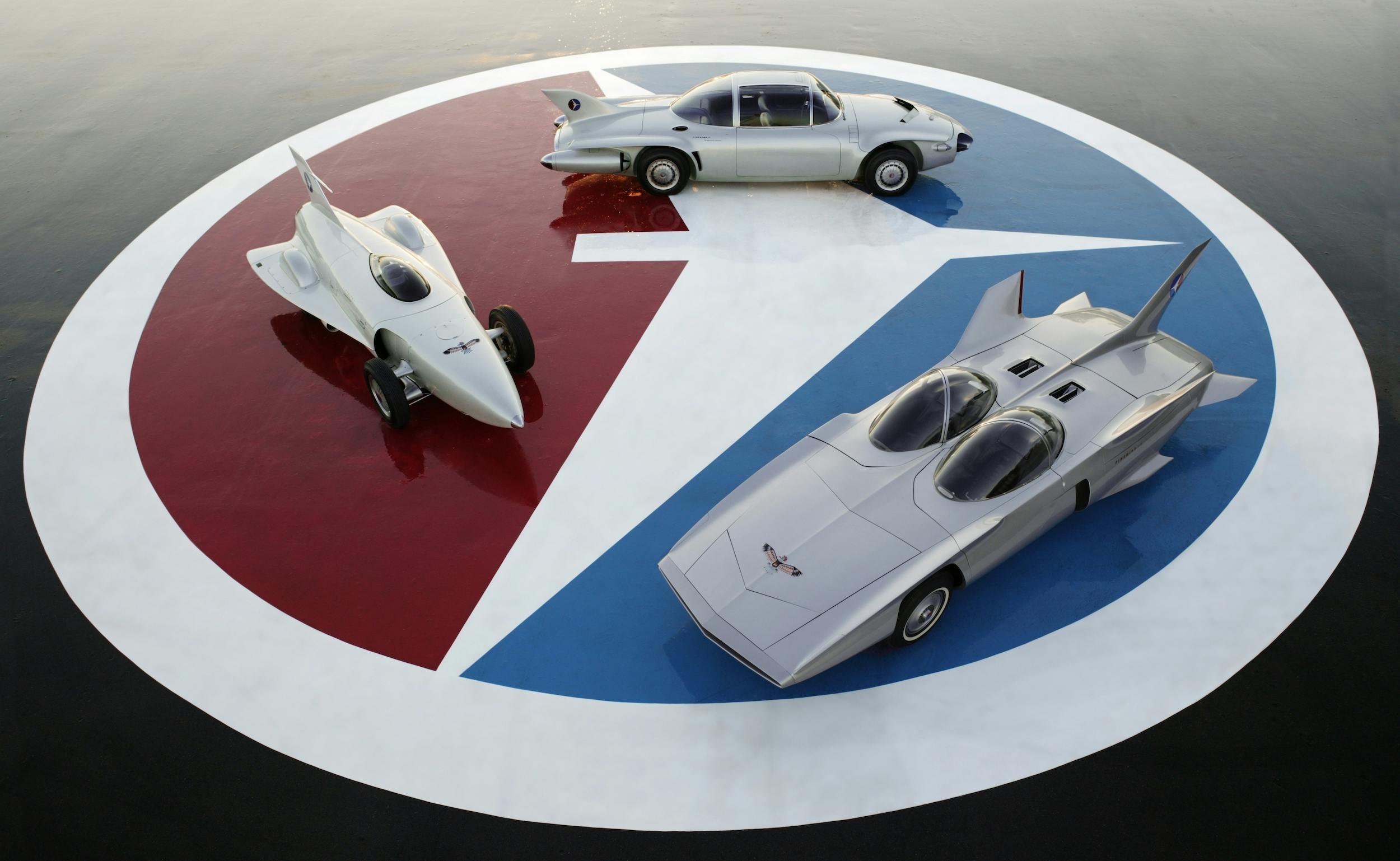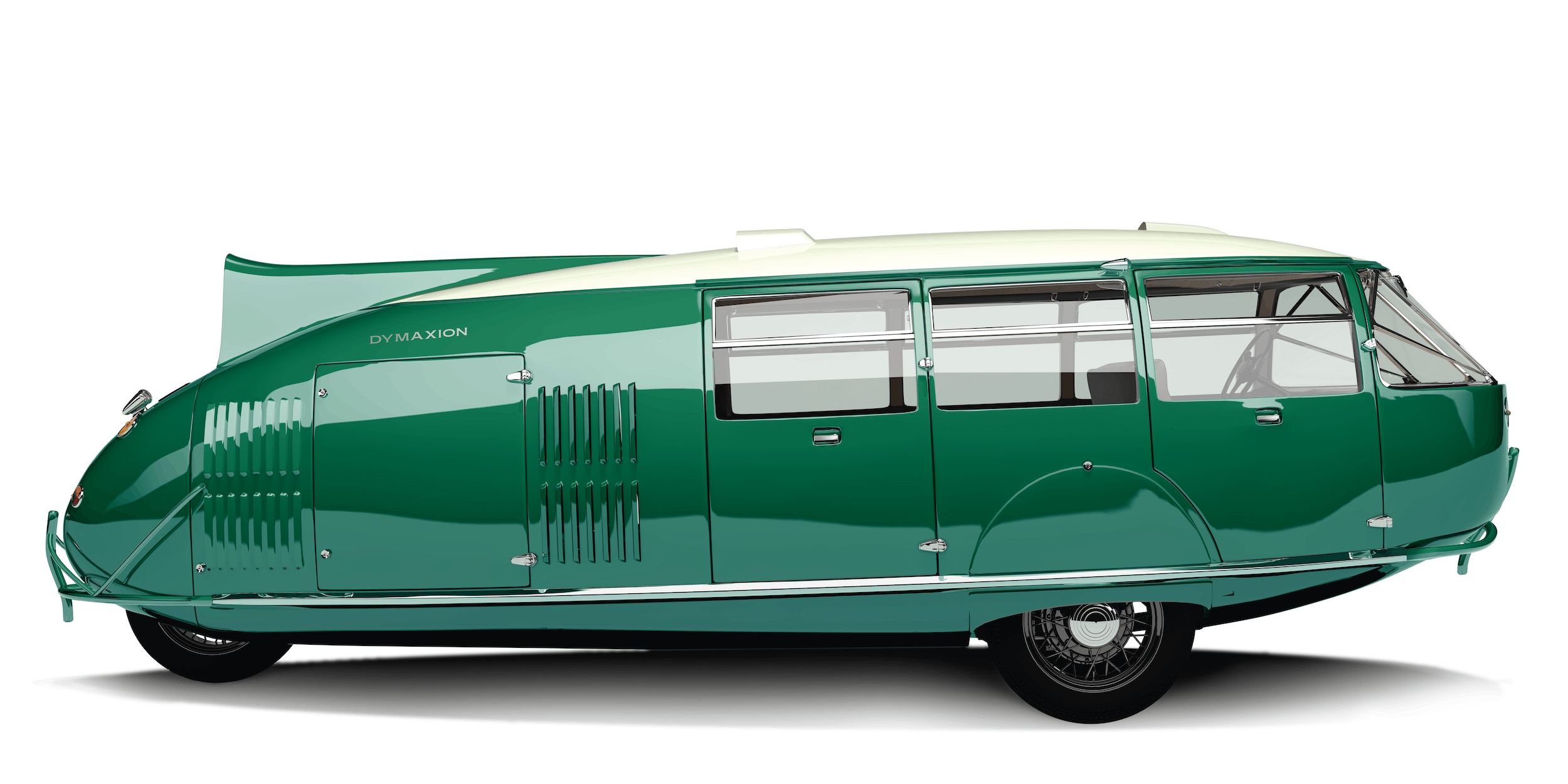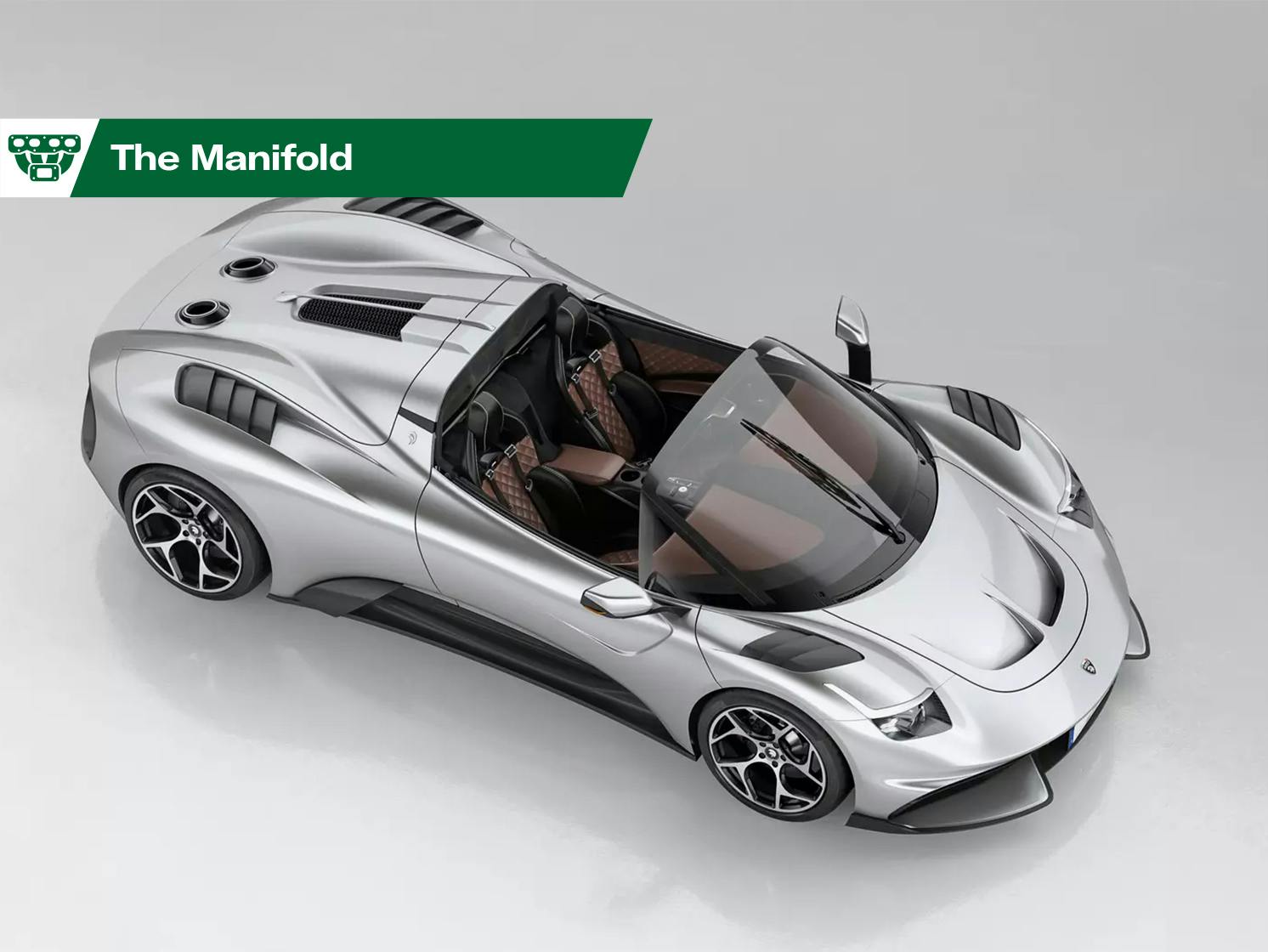Media | Articles
C8 Corvette gets roofless Italian makeover, first Hurricane I-6 to Jeep, classic cars take Guggenheim
Italian coachbuilder pays C8 Corvette a roofless compliment
Intake: Ares, the Italian coachbuilder for the wealthiest of the wealthy, is taking the roof off of its midengine S1 Project to make the new S1 Speedster. (Nope, not related to Saleen.) A new windscreen ensures ideal open-air motoring, while the Speedster also highlights a modernized interior and new headlights as evolutionary changes to the Italian design, which debuted in hardtop form September of 2020. While Ares doesn’t use the C-word, the hardware underneath that slick carbon fiber-body—6.2 liter V-8, eight-speed dual-clutch transmission—sounds much like the guts of a C8 Corvette. Power and performance figures for the S1 Speedster are TBD, but you can expect the stock LT2 V-8 to arrive in Modena with some internal modifications from a stateside engine builder, if only to ensure it both sounds and accelerates like no Corvette built in Bowling Green.
Exhaust: Is there a more sincere form of flattery for General Motors than to have an Italian coachbuilder make not one but two vehicles based on Bowtie engineering? Unlike in the 1960s, this Corvette’s Italian job integrates more American componentry than just the engine, as everything from steering square wheel to aluminum chassis carries over. But this isn’t a mere rebadging affair, as ARES still wraps the S1 Speedster in an interior and exterior design that could only be that of an Italian supercar.
2023 Telluride, Palisade gain off-road attitude, more tech
Intake: Your favorite South Korean SUV siblings are back for 2023 with more rugged attitudes, creature comforts, and driving aids. First up is the Telluride, which (on as-yet unspecified trims) adds a second 12.3-inch digital instrument panel to the existing infotainment screen to create one larger, curved panel. Mirroring the Sportage are two distinct but stackable packages that bring a more adventuresome schtick to this suburban-mobile: X-Line, adding a 10mm lift, 20-inch wheels, and Tow Mode; and X-Pro, which sports 18-inch wheels clad in all-terrain tires and boasts a 110V outlet plus a 500-pound increase in tow capacity (to 5500 pounds total). Both the Telluride and the Palisade swap their USB-A outlets for more efficient USB-C ones, and offer faster wireless-charging systems. The Palisade does without the available panoramic screen but flaunts posher interior kit like a heated third-row seat, acoustic laminated door glass, a wifi hotspot, and ventilated second-row seats (Hyundai’s mum for now on which features are standard and/or unique to which trims). Again cribbing from a smaller SUV in the portfolio, the Palisade gains a dark-themed XRT trim that specs a black interior, black 20-inch alloys, “skid plate design elements,” and a dark-finish front grille. Pricing for both 2023 model-year SUVs is TBD.
Exhaust: This pair of 2023 refreshes proves that Kia and Hyundai are just as savvy as they were when the original Telluride and Palisade debuted in 2019. Need proof of the latter? 75 percent of Telluride customers are new to the Kia brand. Each SUV offers practical posh on a middle-class budget, and the visual and tech upgrades are well attuned to current tastes—haul the kids while charging phones faster and signaling that we shop at REI. The Telluride’s various X packages will help widen the personality gap between the two, plus the fact that the Kia’s built in America.
Marketplace
Buy and sell classics with confidence
Biggest Bimmer gets more beef
Intake: BMW has facelifted its X7 SUV and given it a horsepower hike. The three-liter twin-turbo straight-six in the X7 xDrive40i now produces 375 hp, 40 horses more than before. The flagship 4.4-liter twin turbo V-8 M60i soldiers on producing the 523 hp as before but now adds a 48-volt mild-hybrid system for increased efficiency. If you can hold on until 2023, there’ll be an even more powerful Alpina XB7, which musters 630 hp from the same eight-cylinder. The Alpina will cut the X7’s 0-to-60 mph time from 5.6 seconds to four and raise the top speed from 155 mph to 180. There are tweaks to the regular X7’s adaptive air suspension, and rear-wheel steering is now standard on the M60i and a cost-option on the XDrive40i. Visual changes are focused on the front end with super-thin, split headlamps and a revised kidney grille with “cascade lighting.” Inside, there’s a curved display running iDrive8 software, while a vegan leather substitute can be chosen for the cabin trim alongside a range of cow hides. Prices now begin at $77,850 plus destination charges, rising to $103,100, with deliveries set for the third quarter of this year.
Exhaust: The Alpina XB7 out-muscles even the mighty M5 CS, so until the arrival of the 750-hp XM hyper-hybrid, a member of the X7 family holds the honor of being the Bavarian brand’s most extreme machine. It’s a funny old world where the ultimate driving machine is not some low-slung sports car or sedan but a three-row crossover on stilts.
Jeep’s even-bigger Grand Wagoneer L is first to get Stellantis’ new inline-six
Intake: If Stellantis’ Wagoneer twins somehow feel too small, you’re in luck: Meet the new long-wheelbase Wagoneer L and Grand Wagoneer L. The L will add 12 inches in overall length (226.7 inches tip to tail) and seven inches of wheelbase relative to the standard models. The extra length nets the L models best-in-class overall passenger volume (179.3 for Wagoneer L, 172.8 for Grand Wagoneer L) and cargo volume behind the third row (42.1 cubic feet for Wagoneer L, 44.2 cubic feet for Grand Wagoneer L).
The bigger news here sits under the hood. The Wagoneer and Grand Wagoneer L are the first models to receive Stellantis’ recently announced 3.0-liter twin-turbo inline-six, dubbed Hurricane. The Wagoneer will “settle” for the standard-output variant, good here for 420 hp and 468 lb-ft of torque (gains of 28 hp and 64 lb-ft over the 5.7-liter Hemi V-8 in the regular Wagoneer). The Grand Wagoneer L will get the high-output version—the Hurricane Twin Turbo 510—which delivers 510 hp and 500 lb-ft of torque (plus 39 hp and 45 lb-ft over the non-L model’s 6.4-liter Hemi V-8). Each engine is marginally more efficient—Stellantis says 1 to 2 extra mpg—than the comparable V-8. (The Hurricane will also become the default engine for the Grand Wagoneer, with the 6.4 optional. The regular Wagoneer will get the Hurricane as an upgrade, with the Hemi standard for now.)
Exhaust: Stellantis says the average split between regular- and extended-wheelbase offerings in this segment is 2/3 regular, 1/3 extended. By that math, the Wagoneer siblings just got 33 percent more appealing. We’re most curious about how the new Hurricane stacks up in this application. If it proves its mettle—and Stellantis wouldn’t slot the engine here unless it was a genuine improvement—we’d expect that there are some Ram pickups kicking around Auburn Hills under straight-six power. We’re still holding out hope that such an engine will eventually wind up in smaller offerings, such as the two- and three-row Grand Cherokees, too.
Classic cars take over Spain’s Guggenheim
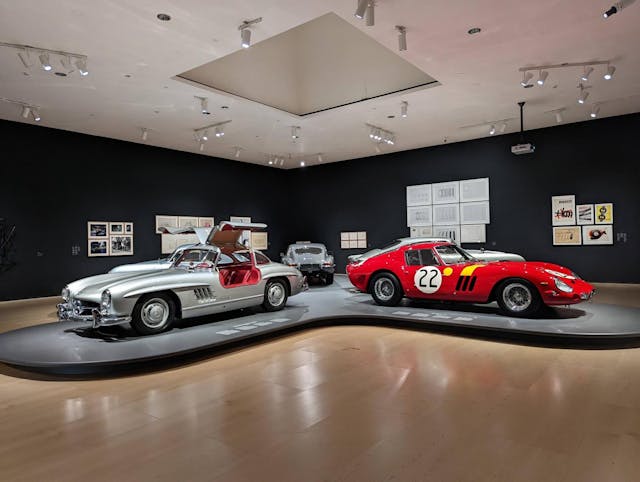
Intake: Renowned British architect Norman Foster has taken over the Guggenheim Museum in Bilbao, Spain, with a stunning new exhibition featuring his favorite vehicles. Inside the striking titanium-clad building designed by his contemporary (and some might say “rival”) Frank Gehry, Foster and his co-curators have gathered 38 cars under the theme “Motion. Autos, Art, Architecture.” The cars—including a Bugatti Type 57SC Atlantic, a Mercedes-Benz 300SL, and a Ferrari 250 GTO—sit alongside art from gearheads such as Alexander Calder. There are even cars designed by architects including a Dymaxion by Buckminster Fuller. Foster pitched in 11 cars from his own collection, while others come from Nick Mason and Philip Sarofim. The show is open until September, and looks like it’s well worth the price of a plane ticket for U.S. folk.
Exhaust: “These are extraordinarily beautiful objects, and they coexist at an equal level with great works of art and architecture,” says Foster. “There’s a cultural synergy and that is against the silo mentality where we think of something as fine art and these objects as just a kind of car.” We couldn’t agree more.
